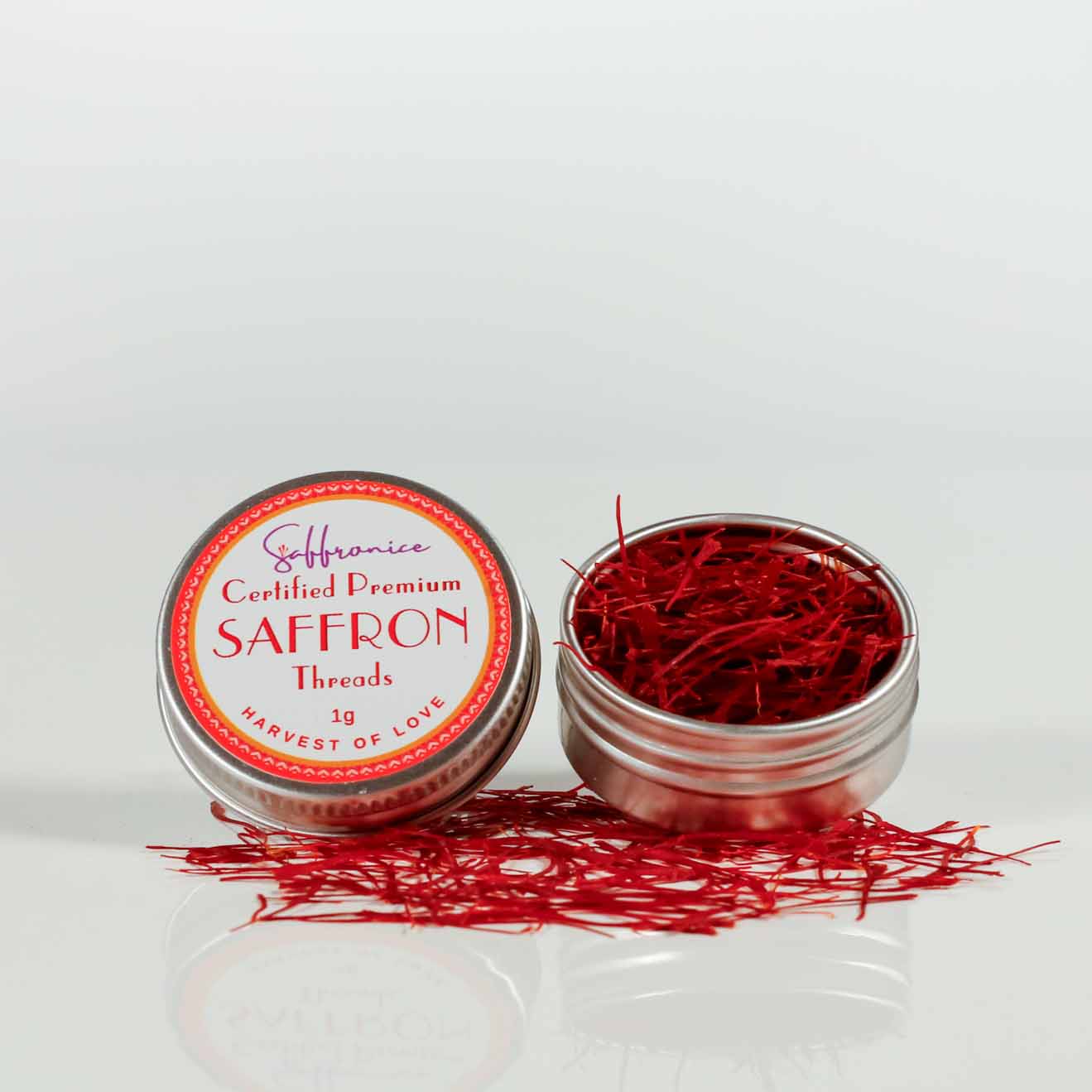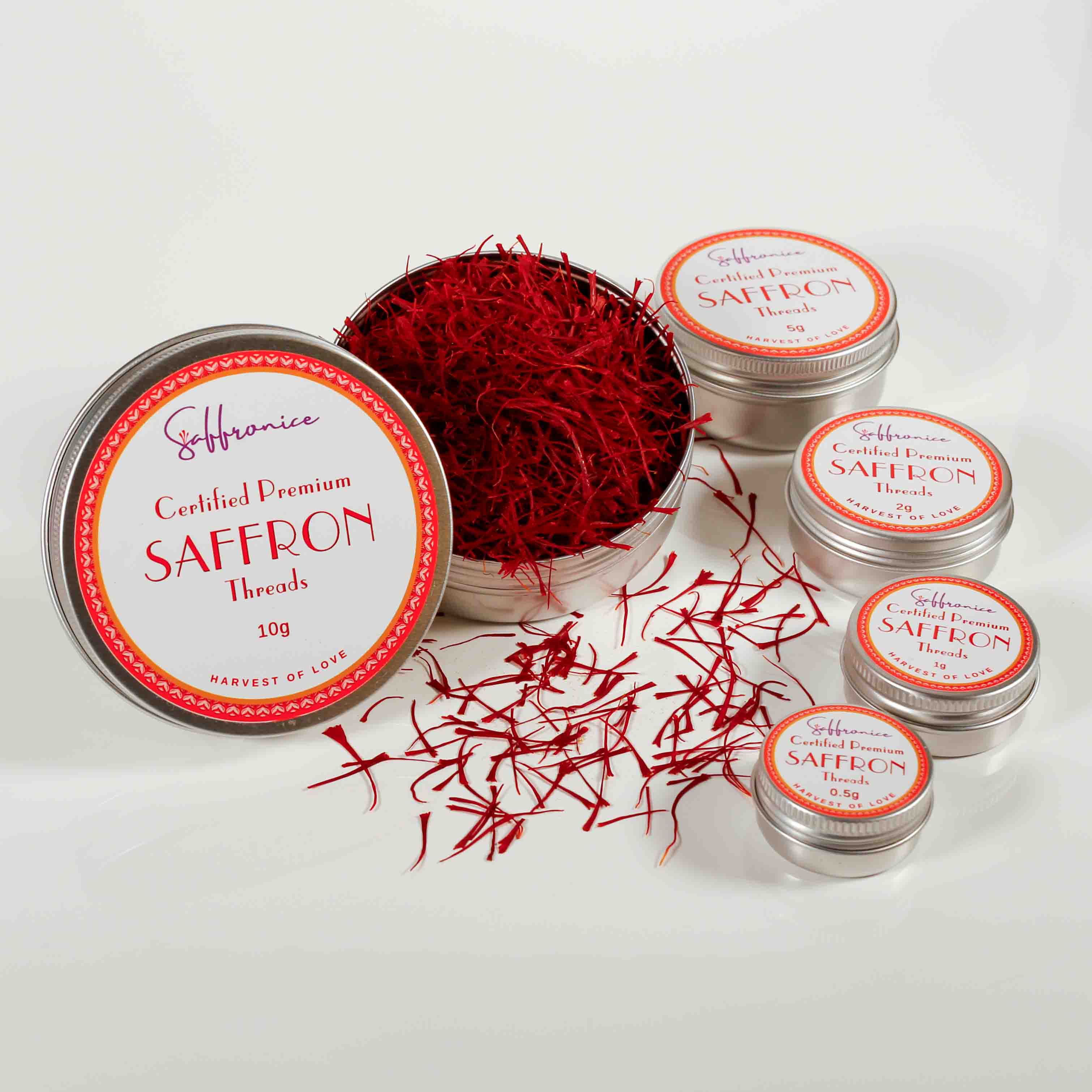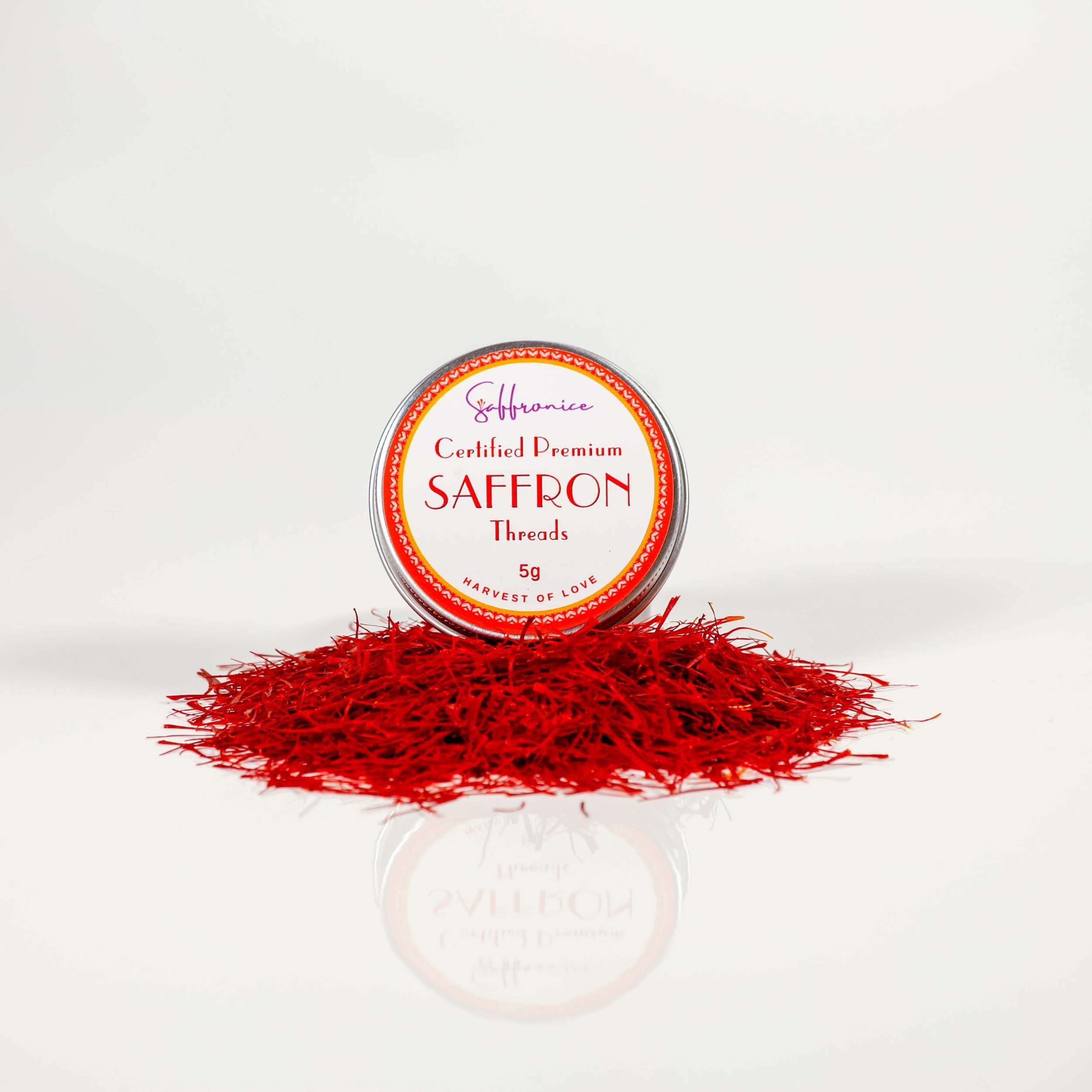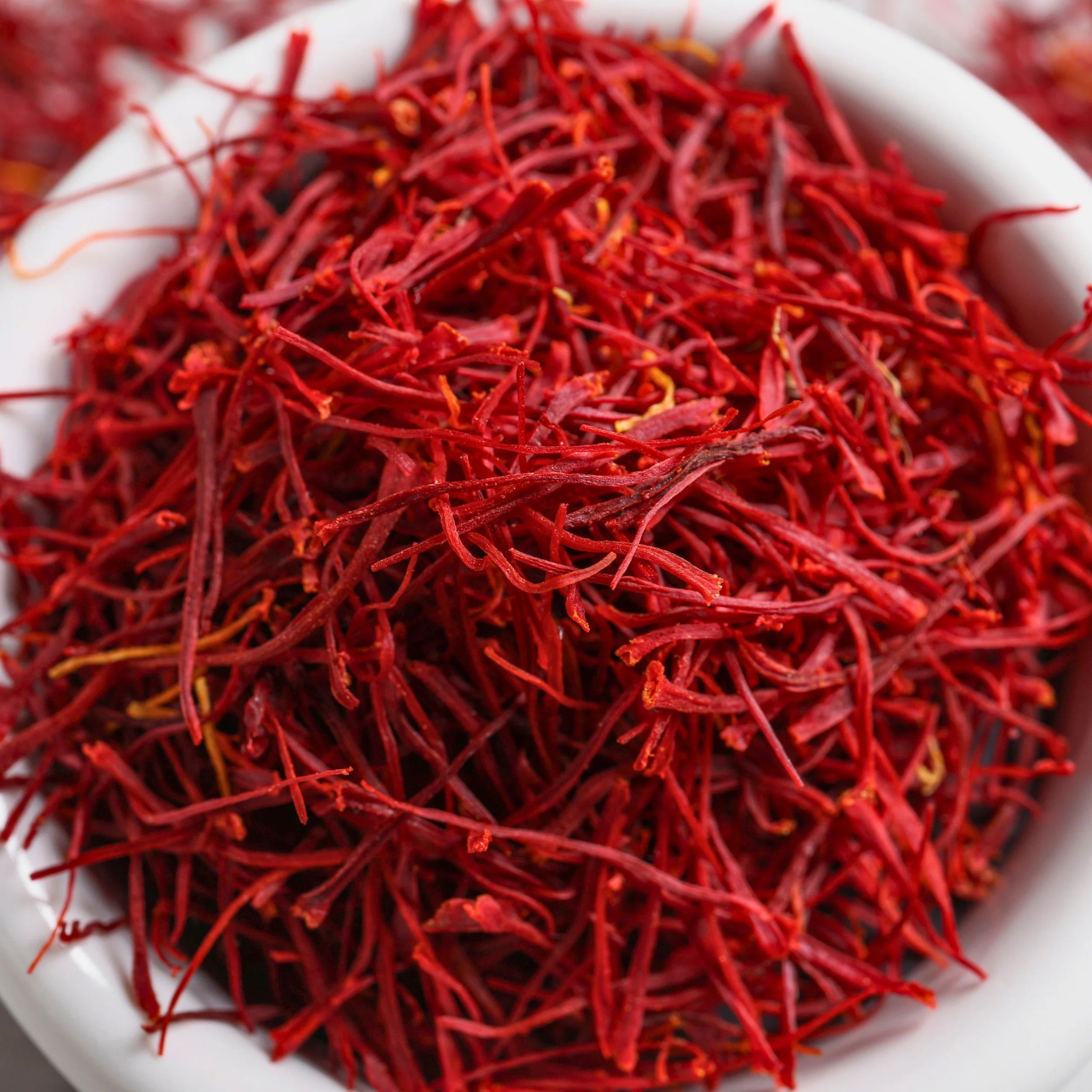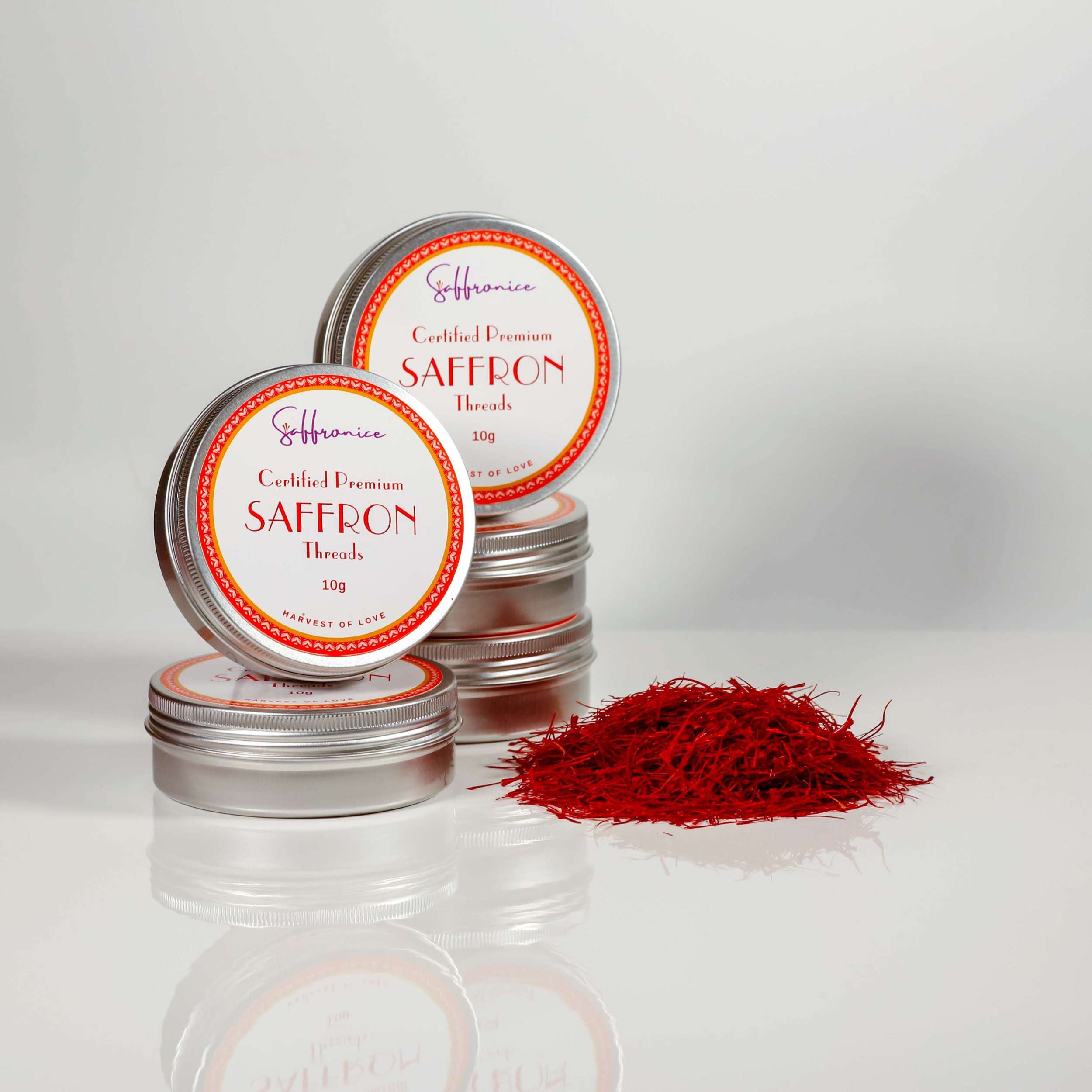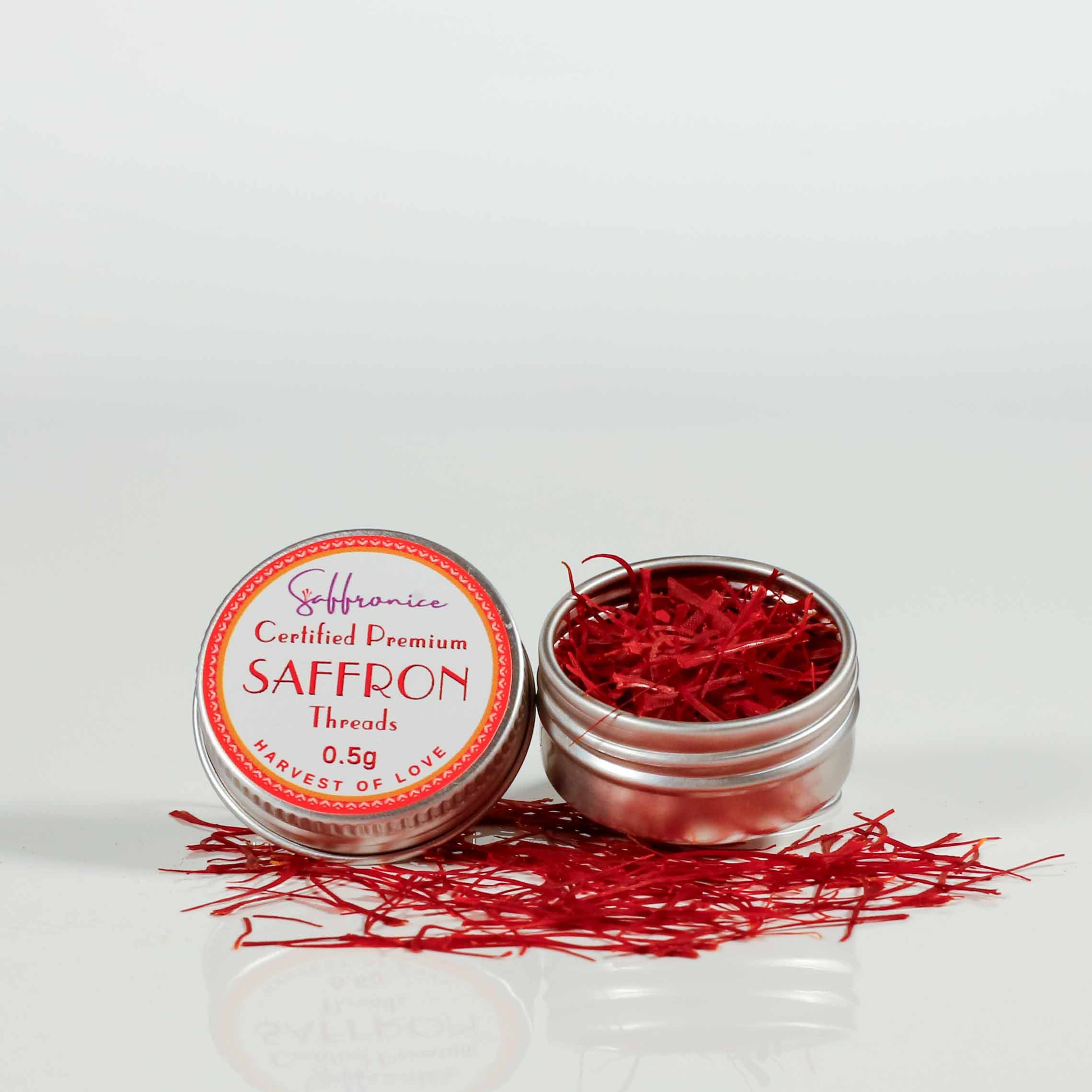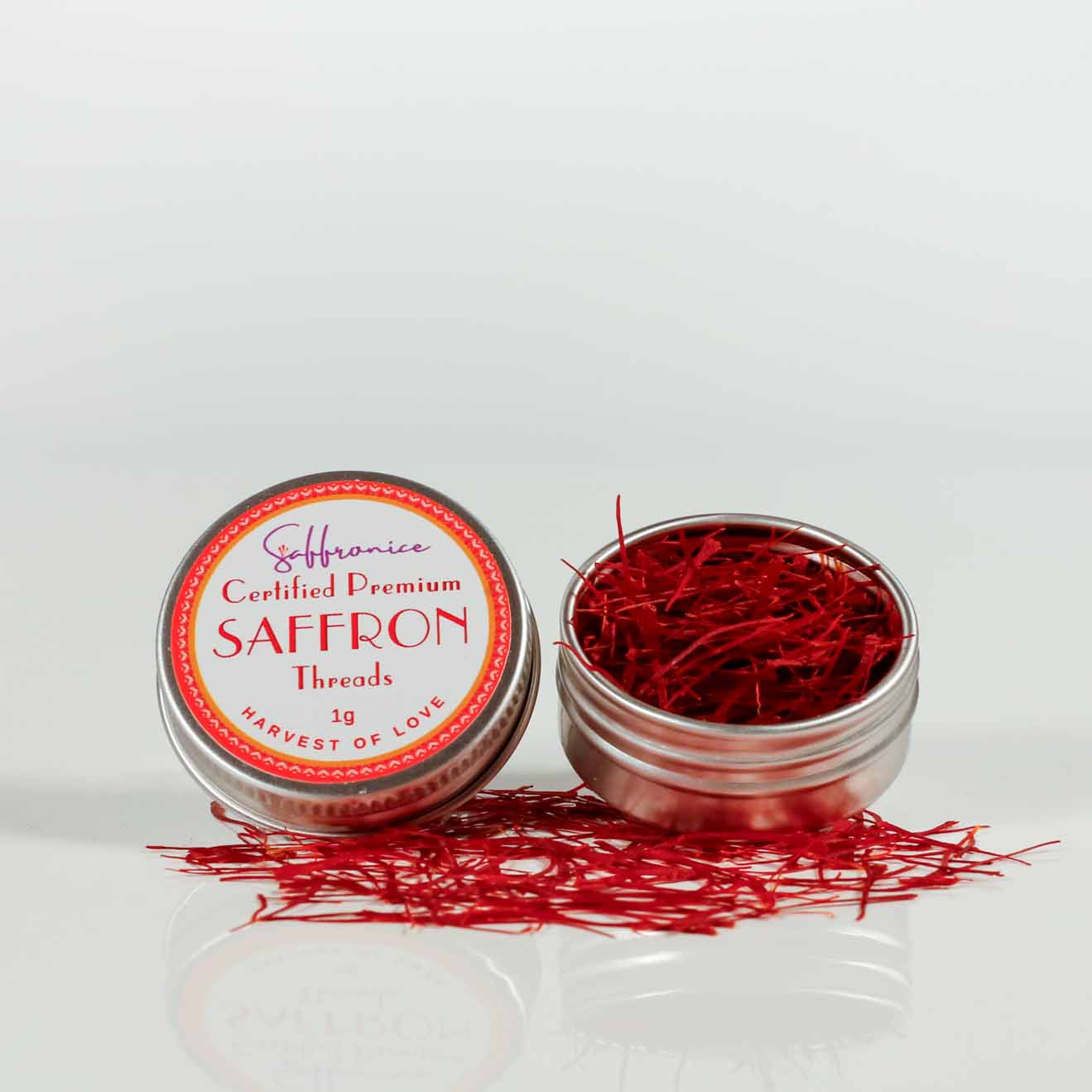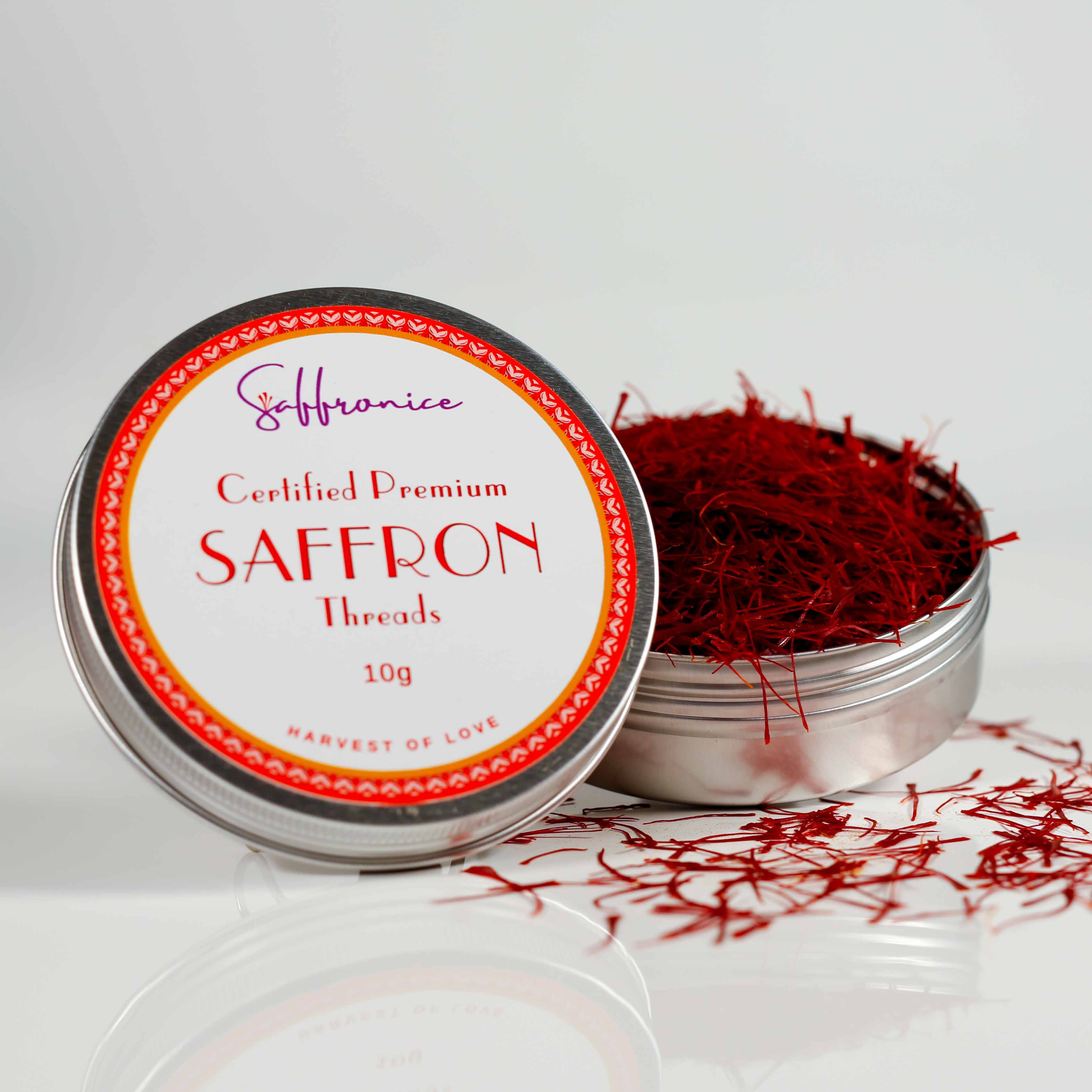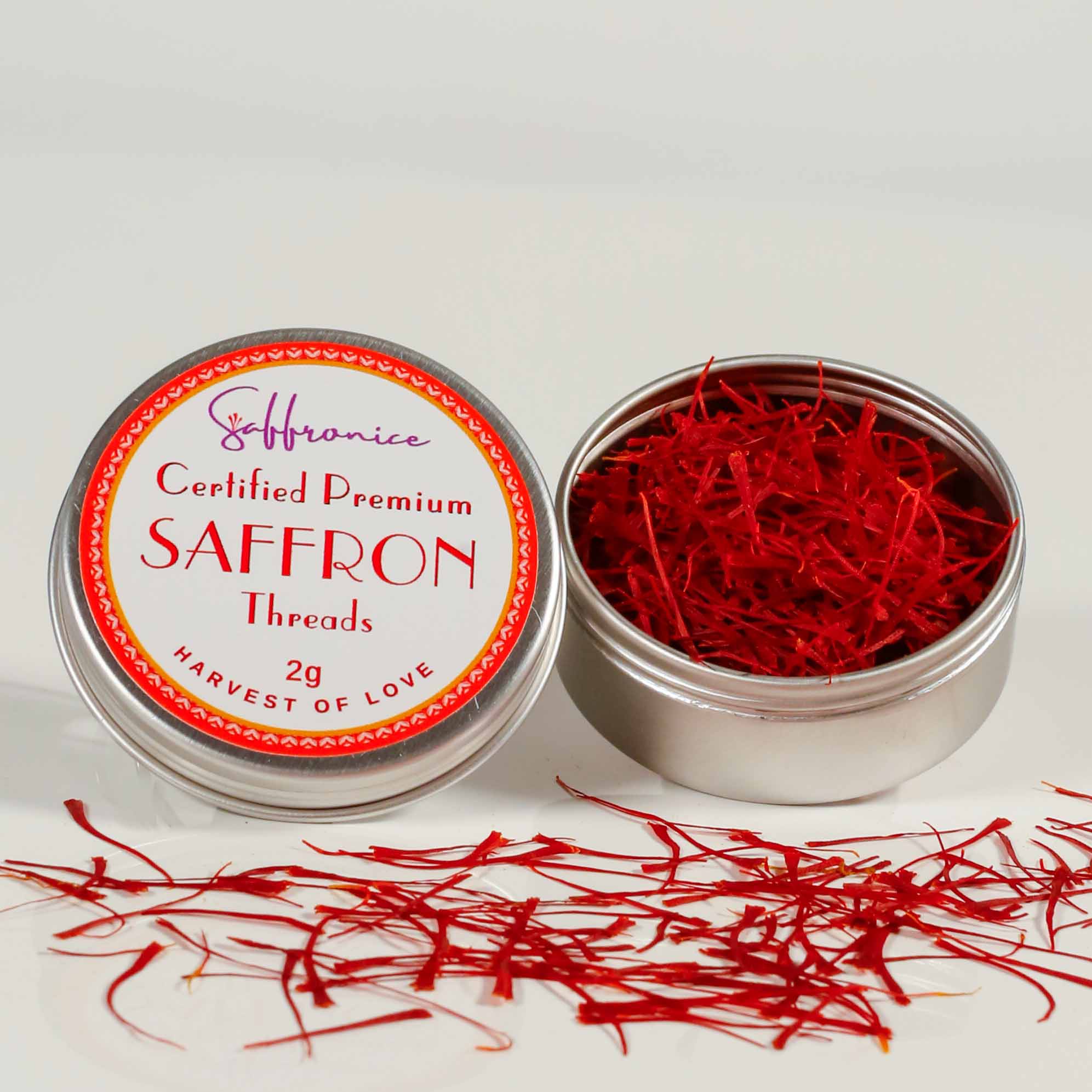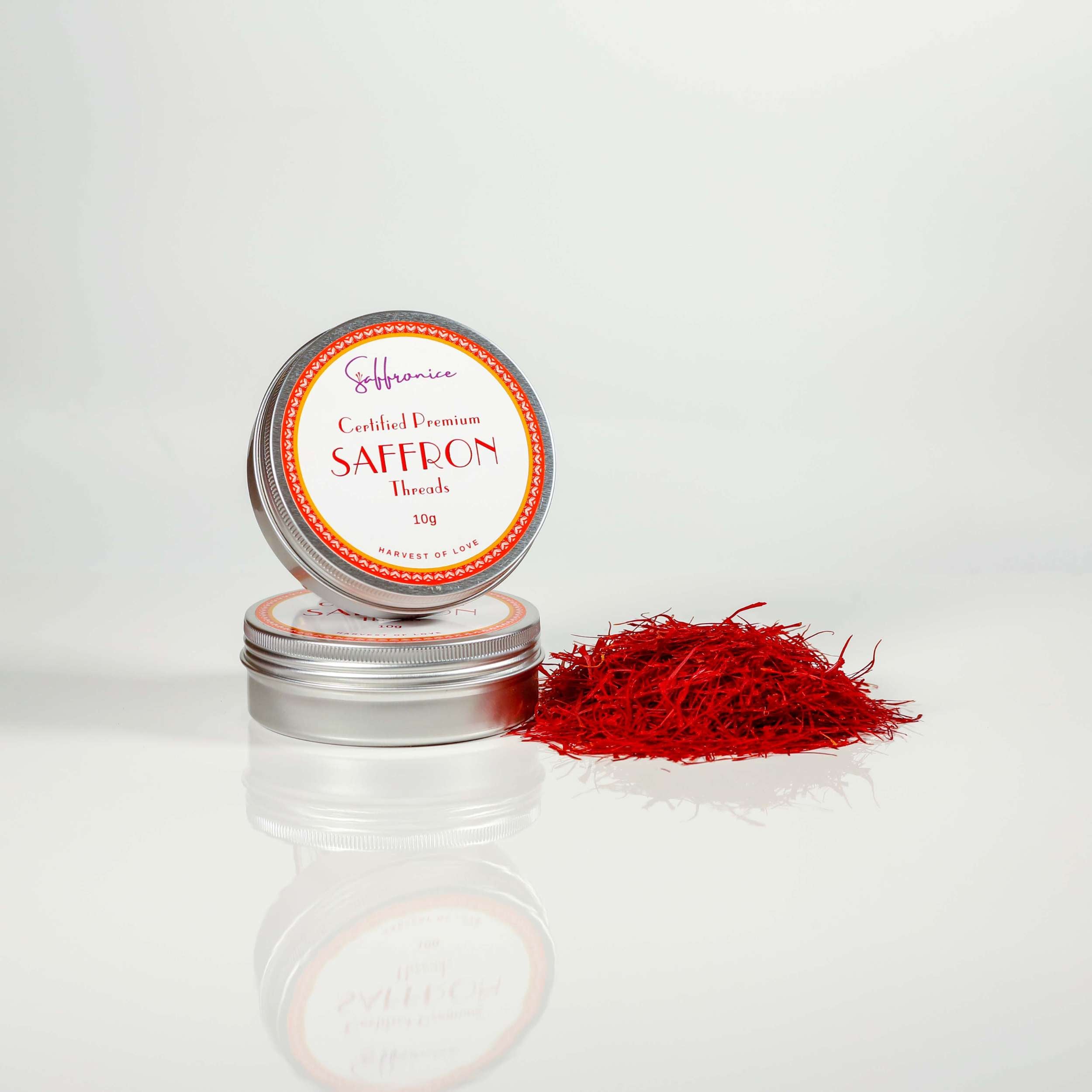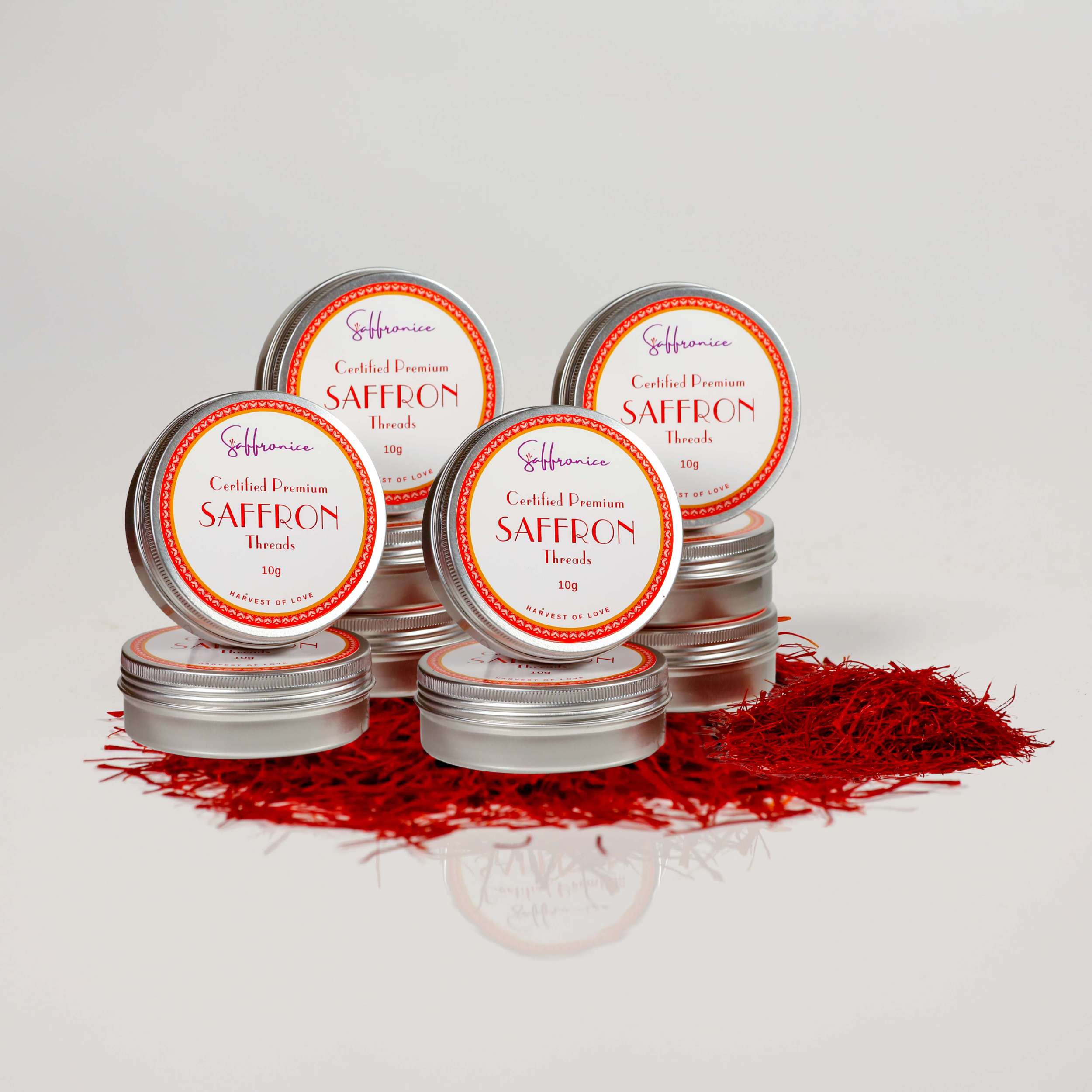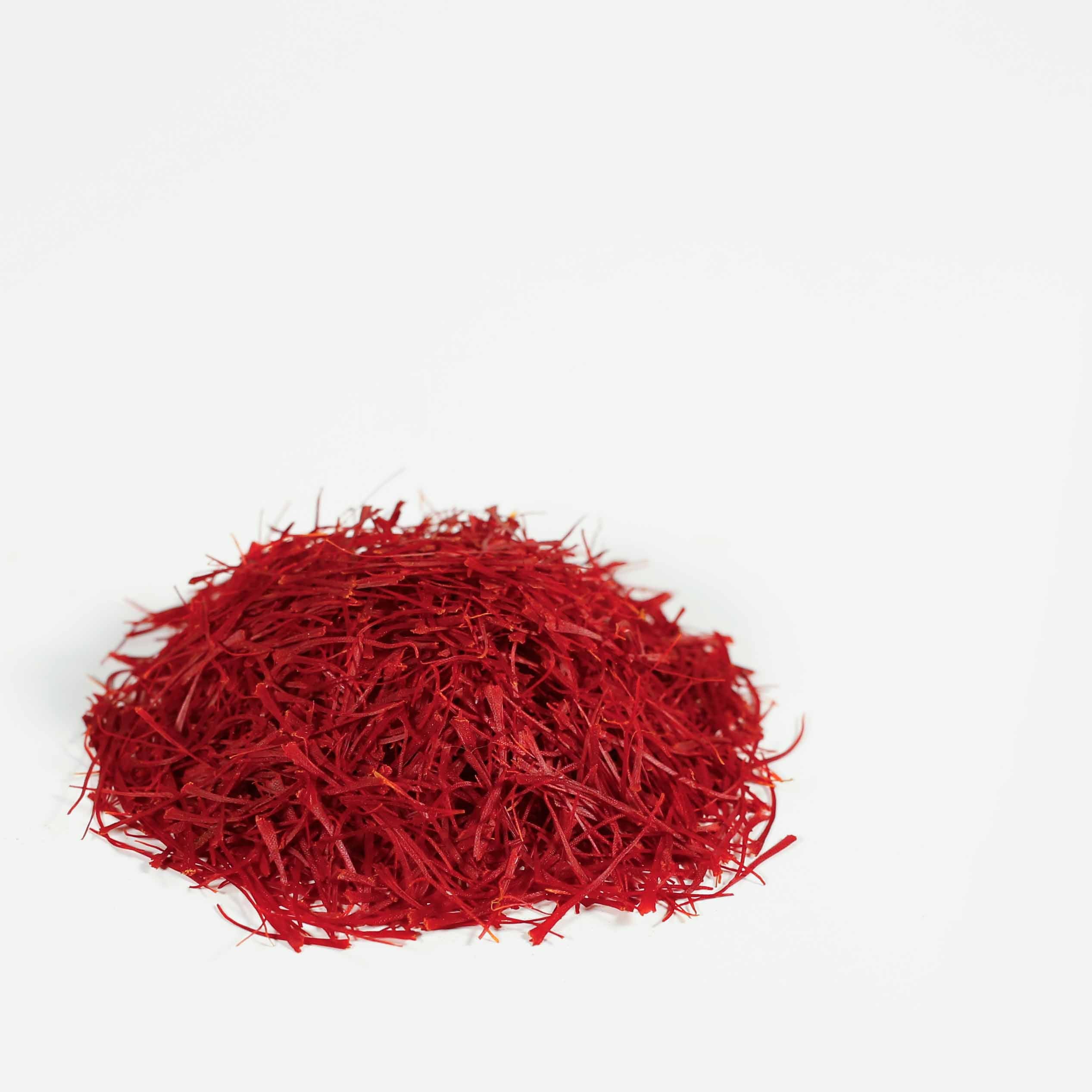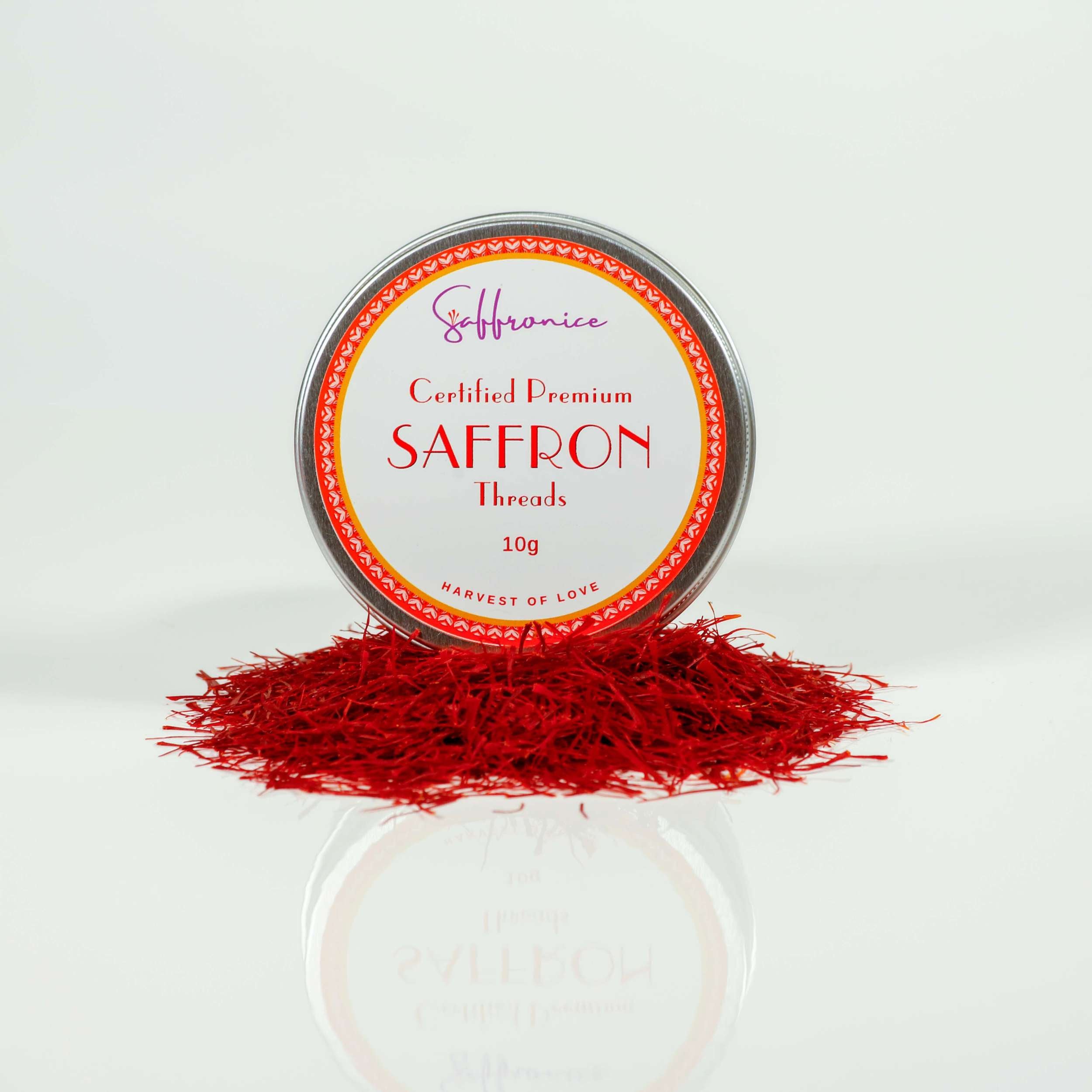Frequently Asked Questions
These are the questions we get most frequently. If you have a question that isn't answered here, please check out our Learn tab, or contact us.
General Saffron FAQ
Why is Saffron so expensive?
There are several reasons why saffron is expensive, but the main reason is the amount of work it takes to produce even small quantities. . To pluck 1kg of saffron from the saffron flowers, the threads or stigmas of around 170,000 - 250,000 flowers must be hand-picked & dehydrated, an amazingly labour-intensive job.
Furthermore, this process needs to happen before the sunrise in order to insure maximum potency and freshness—a fact which most large-scale producers ignore due to the additional costs that this creates.
Where does Saffron come from?
Saffron has been farmed for more than 3000 years. The wild ancestor of saffron was Crocus cartwrightianus. Farmers developed new cultivars by choosing only those flowers with unusually long stigmas.
Specialists believe saffron was first documented in a 7th century BC amongst the Persian Assyrian communities. Since then, researchers have uncovered over 3000 years of medicinal saffron use, with local people treating over 90 ailments with saffron-based medicines and infusions.
WHAT IS THE DIFFERENCE BETWEEN SAFFRON THREADS AND POWDER?
Concerning the essence of saffron, its aroma and colour, there is no difference between saffron powder and stigma/ threads.
But for some dodgy companies, it's easier to add other material to the powder to increase the weight. Also saffron loses its aroma and colour faster in its powdered form, which is why we recommend you always buy your saffron as full threads and turn it into powder just before use.
Shipping FAQ
How long does it take for my order to arrive?
Depending on the quantity you are purchasing, our stock is shipped either directly from the farm or from our Australian office to your address. In either case, you should expect 8 to 15 working days depending on your location. If you need your order urgently, please do let us know via email or call us to discuss other express shipping options.
WHEN WILL MY ORDER BE SHIPPED?
All orders taken before 1pm AEST will be shipped the same business day. We wil keep you updated on the status of your order via email.
Where do you ship?
We ship worldwide. We try to keep shipping costs as low as possible, but these do, of course, vary by destination. You can view the total shipping cost of your order on the checkout page.
HOW DO I RETURN A PRODUCT?
If you need to return your product, please email us and we will send you a return number. To ensure that your return is processed quickly and correctly, please do not send the product back without first receiving a confirmation and a return number.
Using Saffron in Food & Beverage
How do I use saffron?
Using saffron is blissfully simple. Take about 50-100 milligrams and add it to your desired dish. Most recipes will specify when to add the spice, but as a general rule, adding it for about 5 minutes will give you a beautiful colour and the aromatic saffron essence.
Just ensure you do not put Saffron in boiling liquids!
Saffron has countless uses in cooking, whether it's inSaffron tea, coffees, mains, sides, desserts, or salad dressings. Its delicate flavour, rich aroma, and vibrant colour make it an integral part of Mediterranean, Indian, Chinese, and Persian cuisine.
When do I add my Saffron?
When cooking with saffron, it is recommended to reserve a portion and add it towards the end of the cooking process. This is because saffron does not require extended exposure to heat, and adding it at the end allows you to maximise its aroma and flavour, which can diminish with prolonged cooking times. By incorporating saffron towards the end, you ensure that its distinct qualities are preserved and enhance the overall taste of your dish.
Both saffron threads and saffron powder can be used in cooking, but there are a few things to consider.
How do I store my saffron?
Storing saffron properly is key to maintaining its quality and potency. To preserve the quality and flavor of saffron, it should be packaged in a material that is opaque to UV light, such as a metal tin or a dark-colored glass jar. Additionally, saffron should be stored in a cool, dry place away from direct sunlight, heat, and moisture to prevent degradation.
At Saffronice we use UV-protected packaging for all of our Saffron.
Our Favourite Saffron Preparation Method
The bio-active compounds in saffron are incredibly potent but also delicate - this Cold Brewing method is great for easy preparation and storage for everyday use without compromising these compounds.
To ensure you retain the spice's potency and health benefits, Saffronice has developed a patented cold-brewing method. Here are the steps:
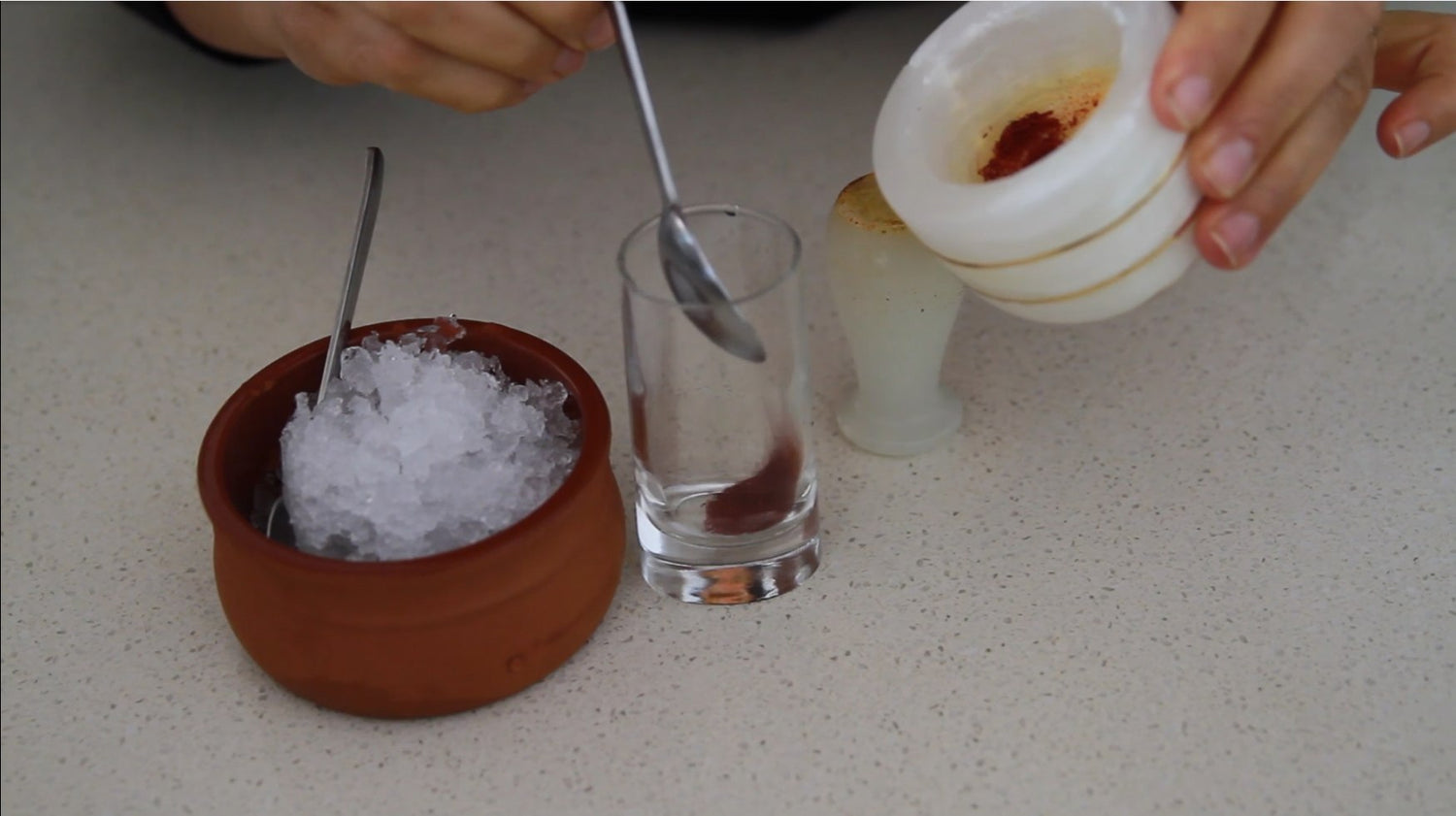
Place about 50-100mg of saffron in a small container. Glass or ceramic containers are recommended, as metal or plastic can impart odd flavours or harmful contaminants like BPA to the saffron.
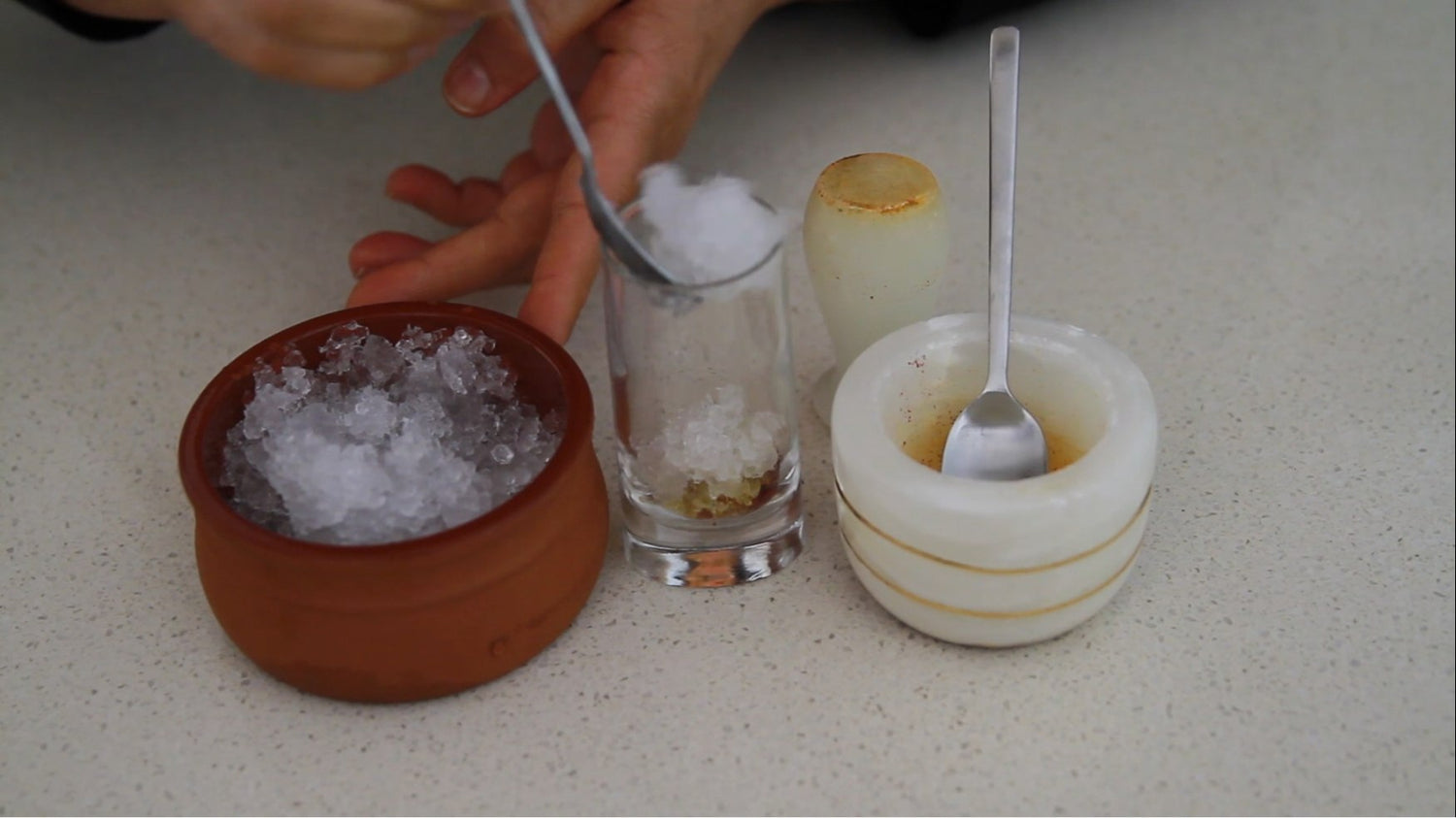
Cover the saffron with about a centimetre of finely crushed ice. Use ice made from purified, non-chlorinated water if possible.
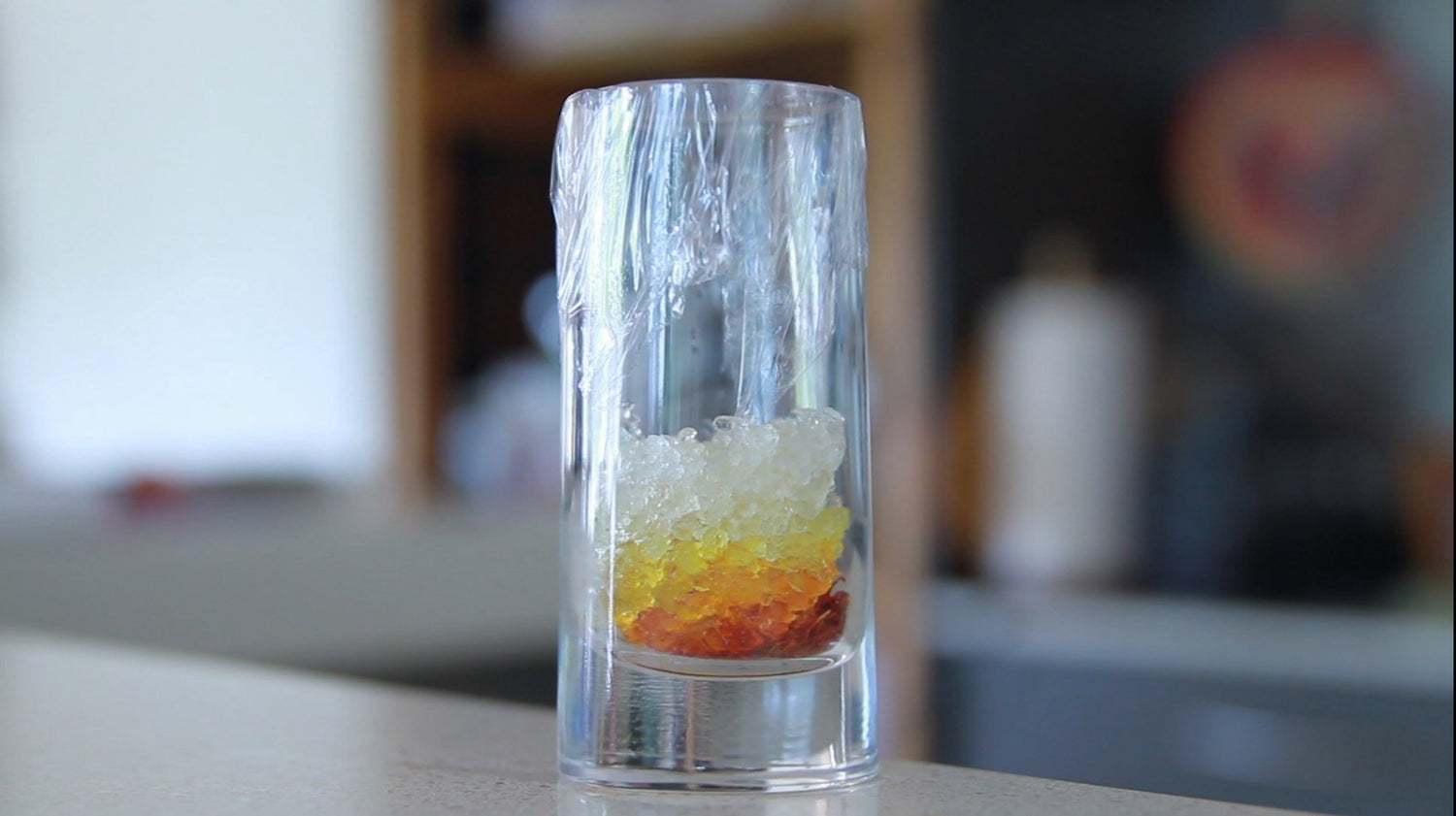
Leave the saffron and ice at room temperature in a shaded area. While it doesn't have to be completely dark, avoid exposing saffron to direct sunlight.
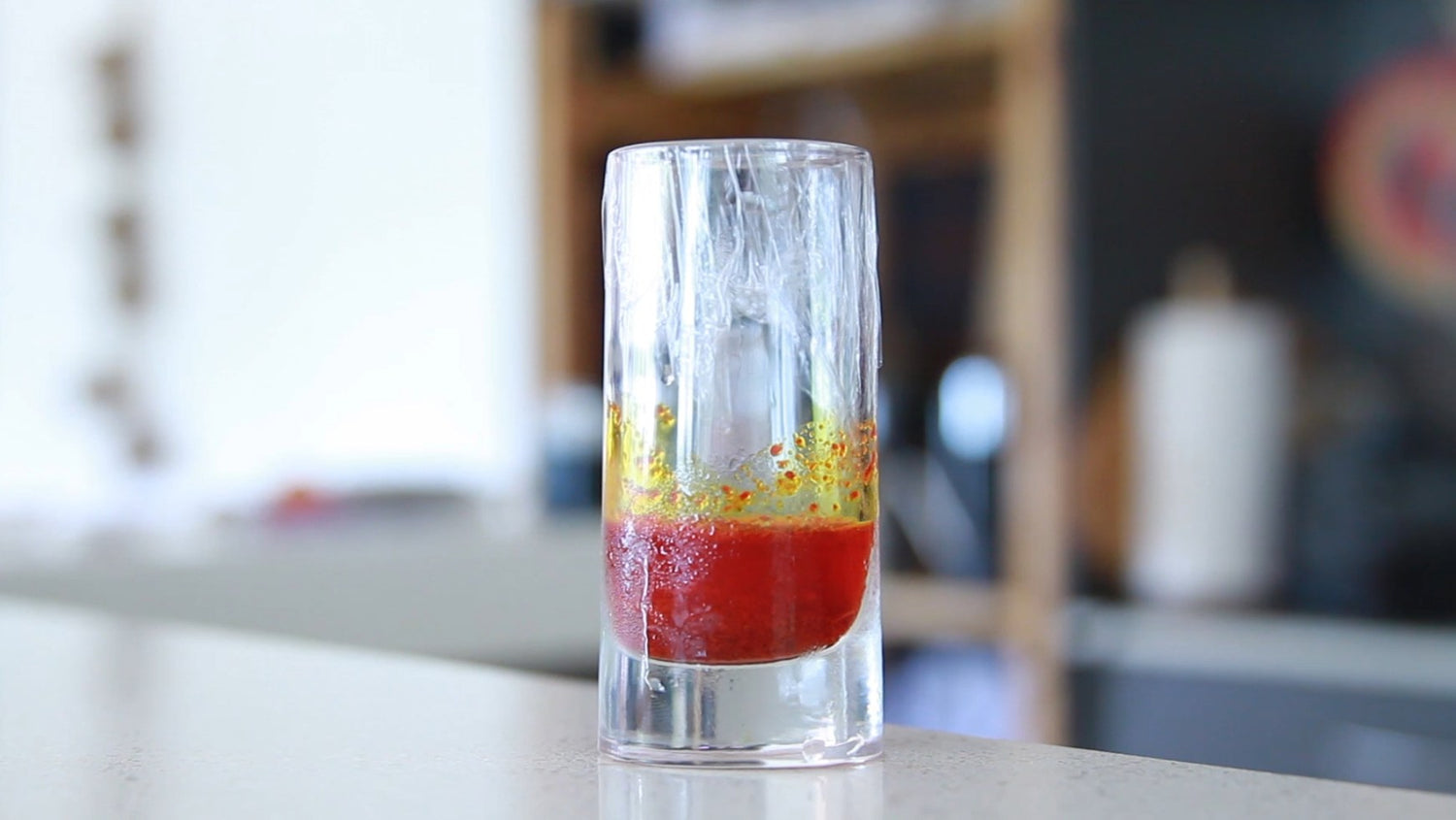
Once the ice has completely melted, you will have a beautiful reddish liquid. Add this to any dish or beverage, adjusting the amount to suit your taste.
Your saffron liquid brewcan be safely stored in the refrigerator for up to 10 days. Ensure it is properly covered before refrigerating.
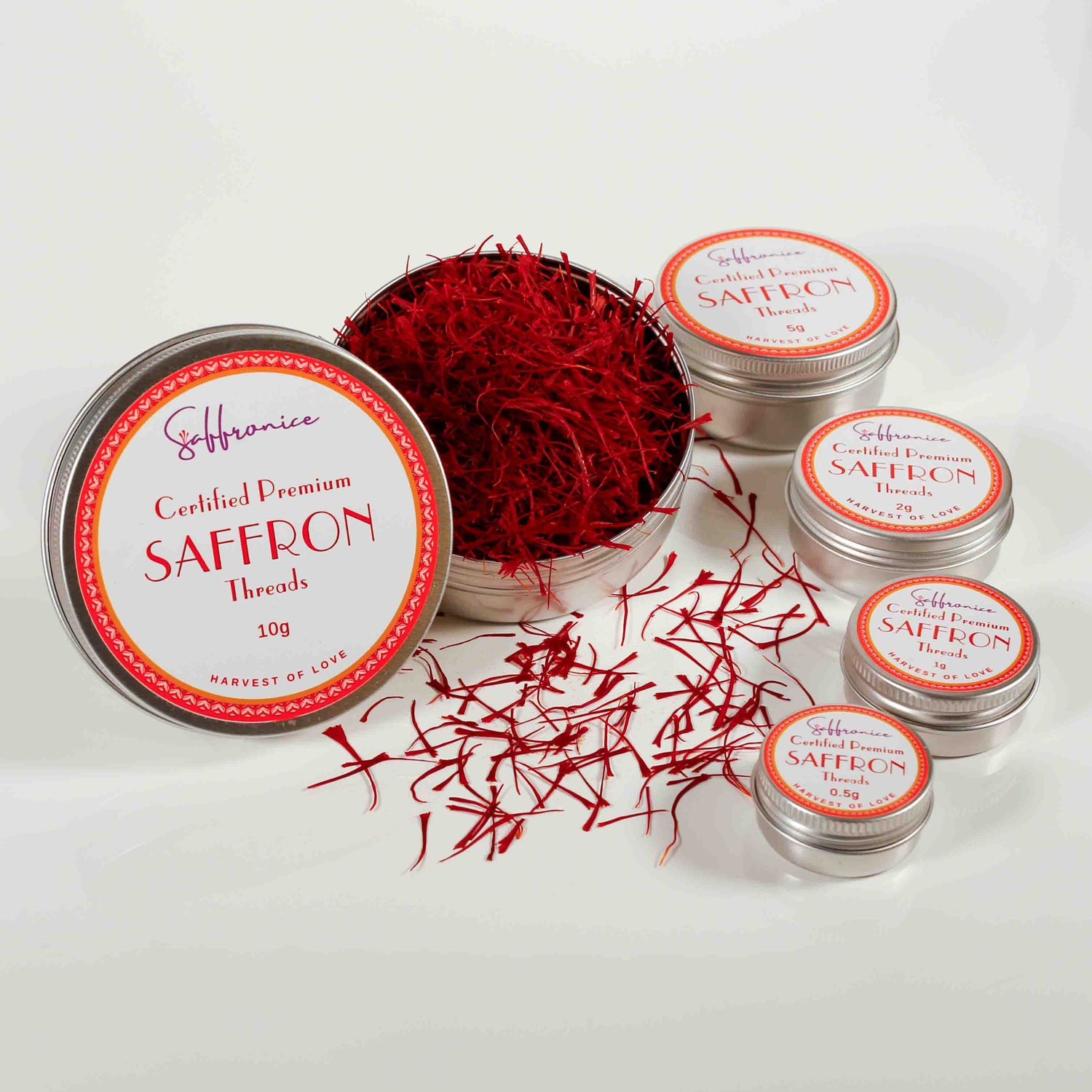
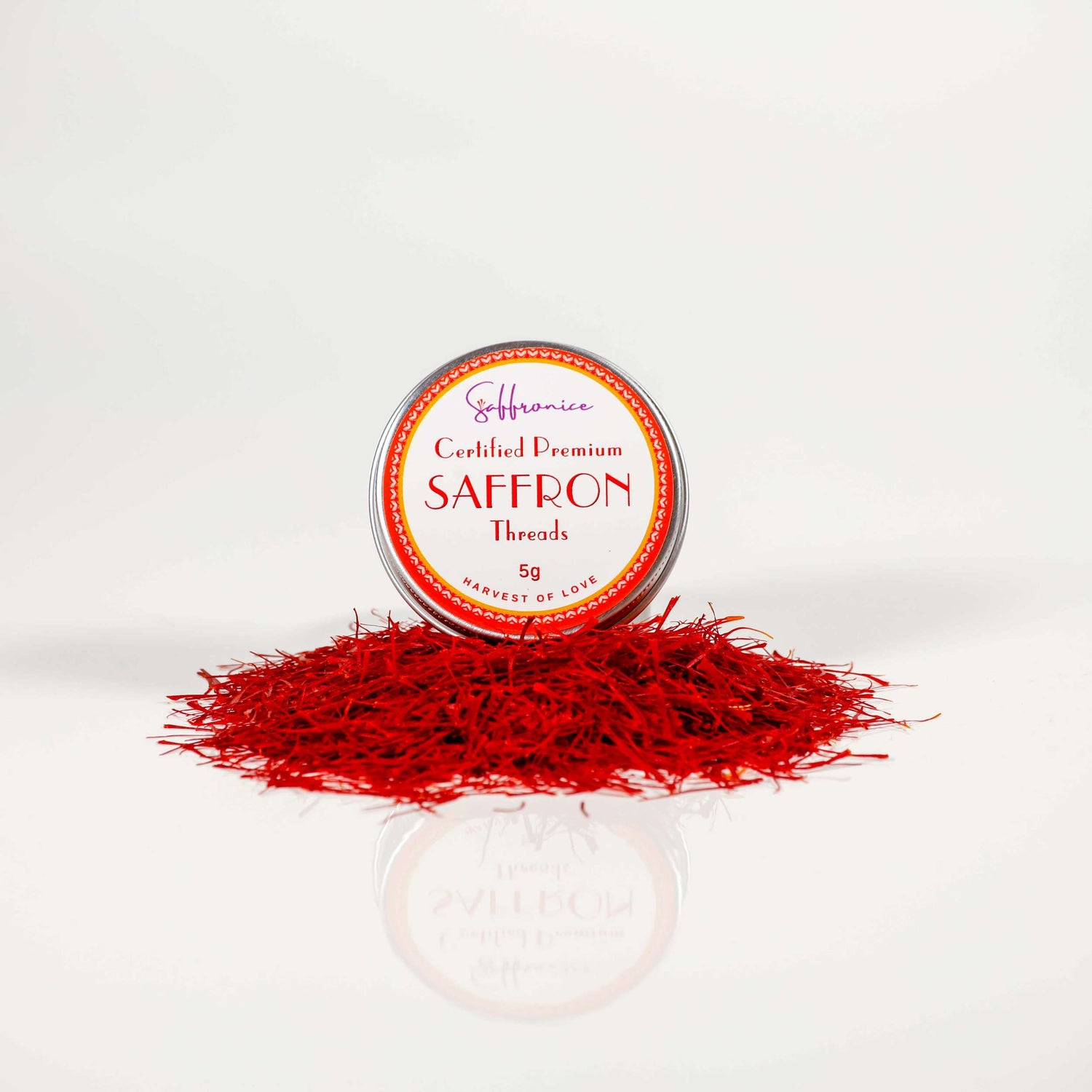
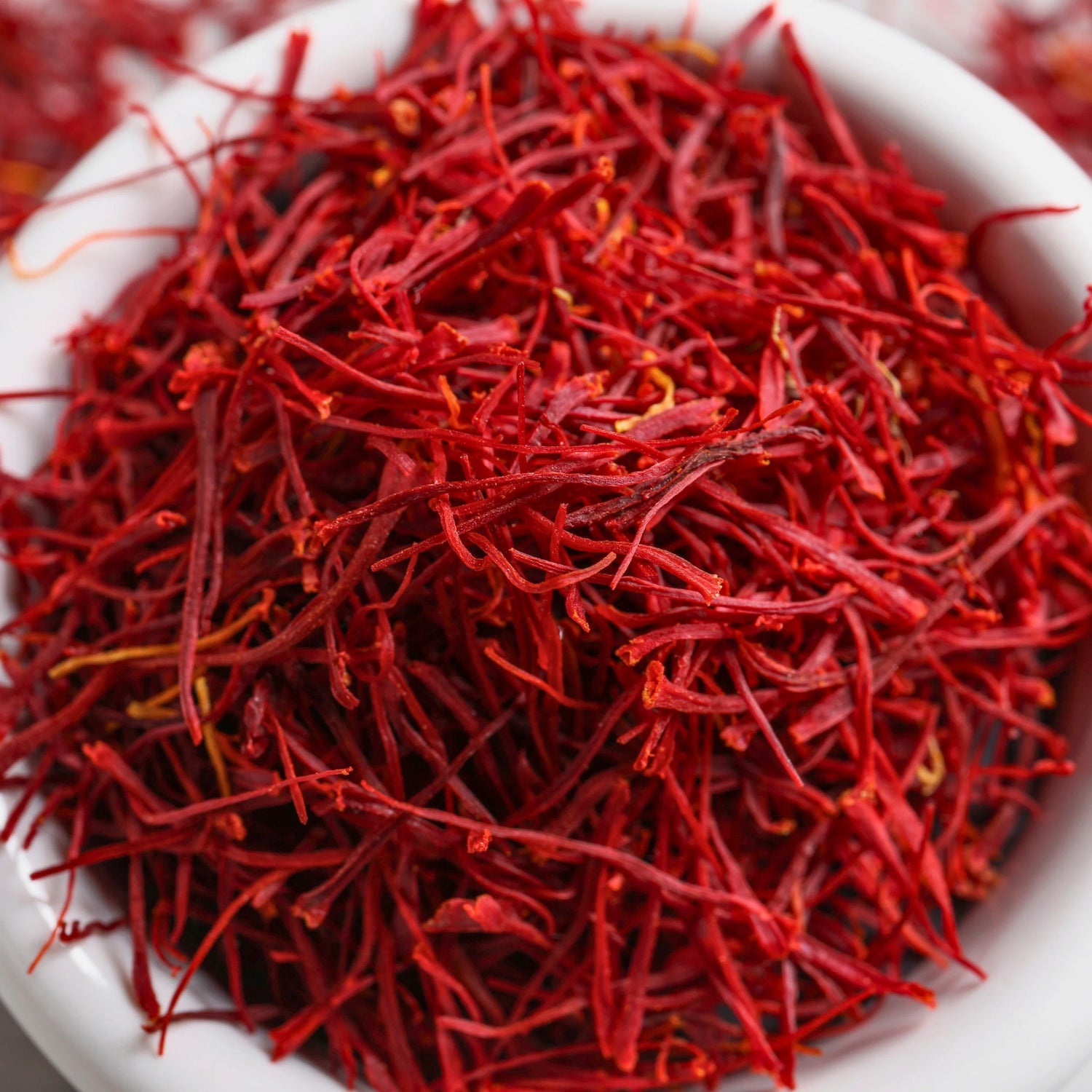
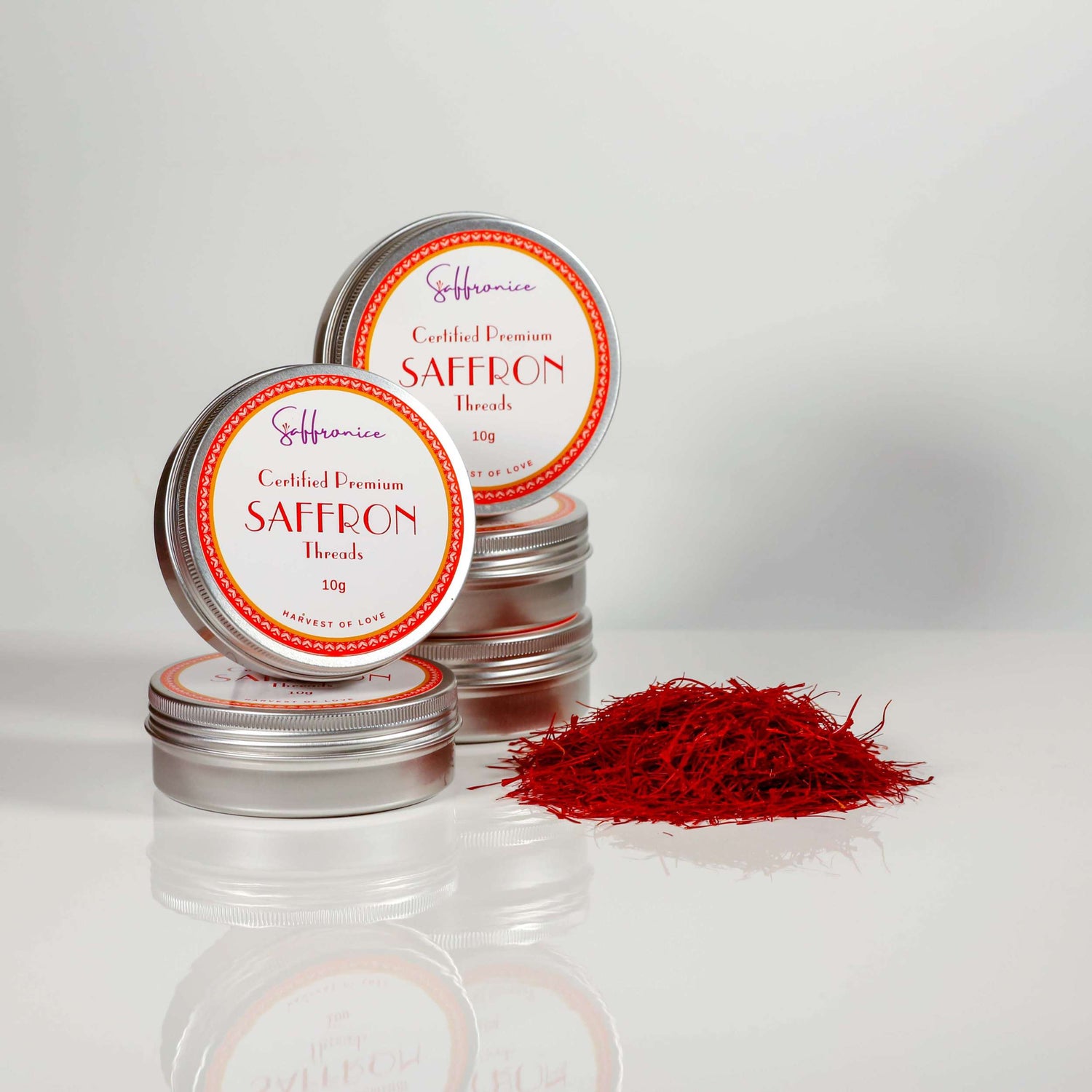
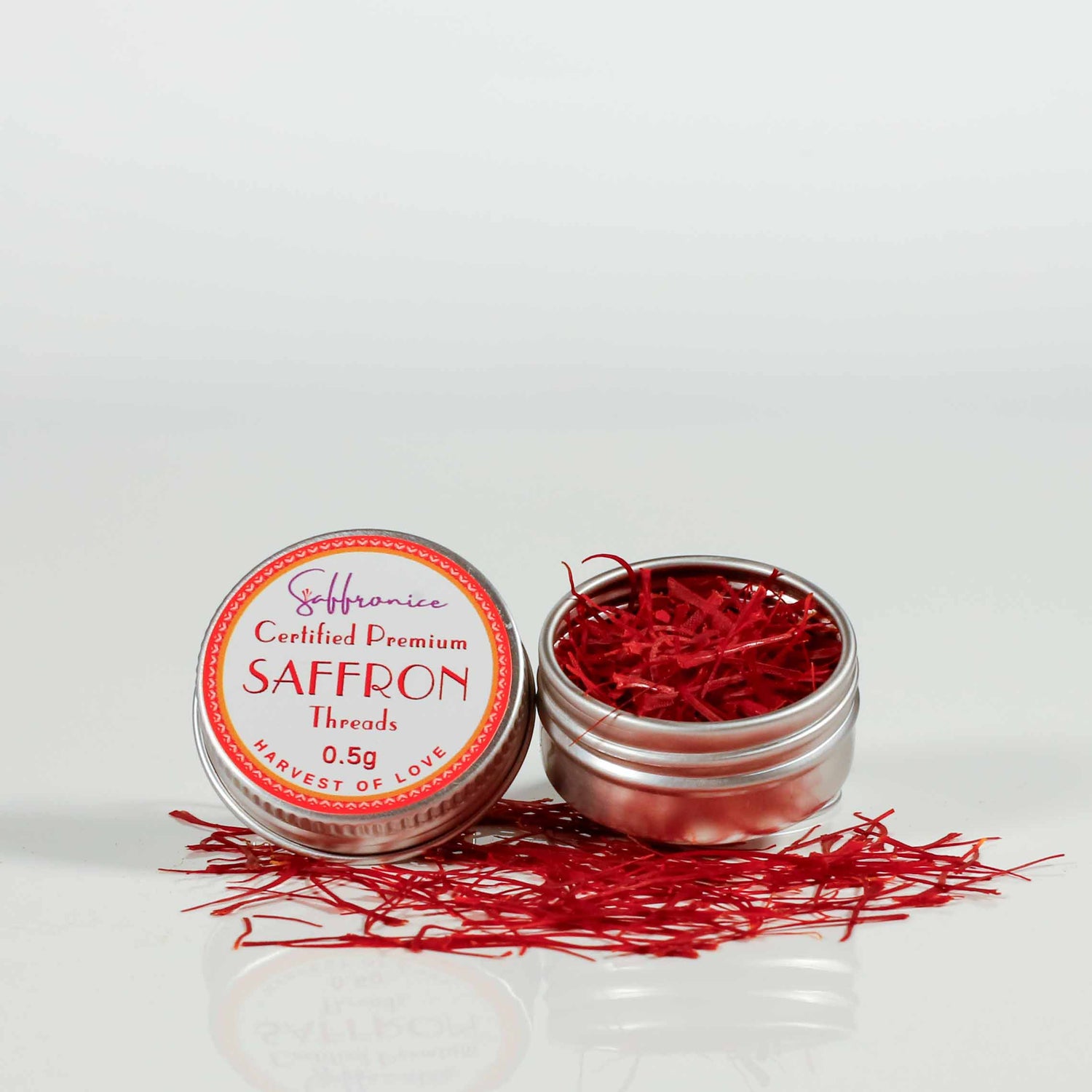
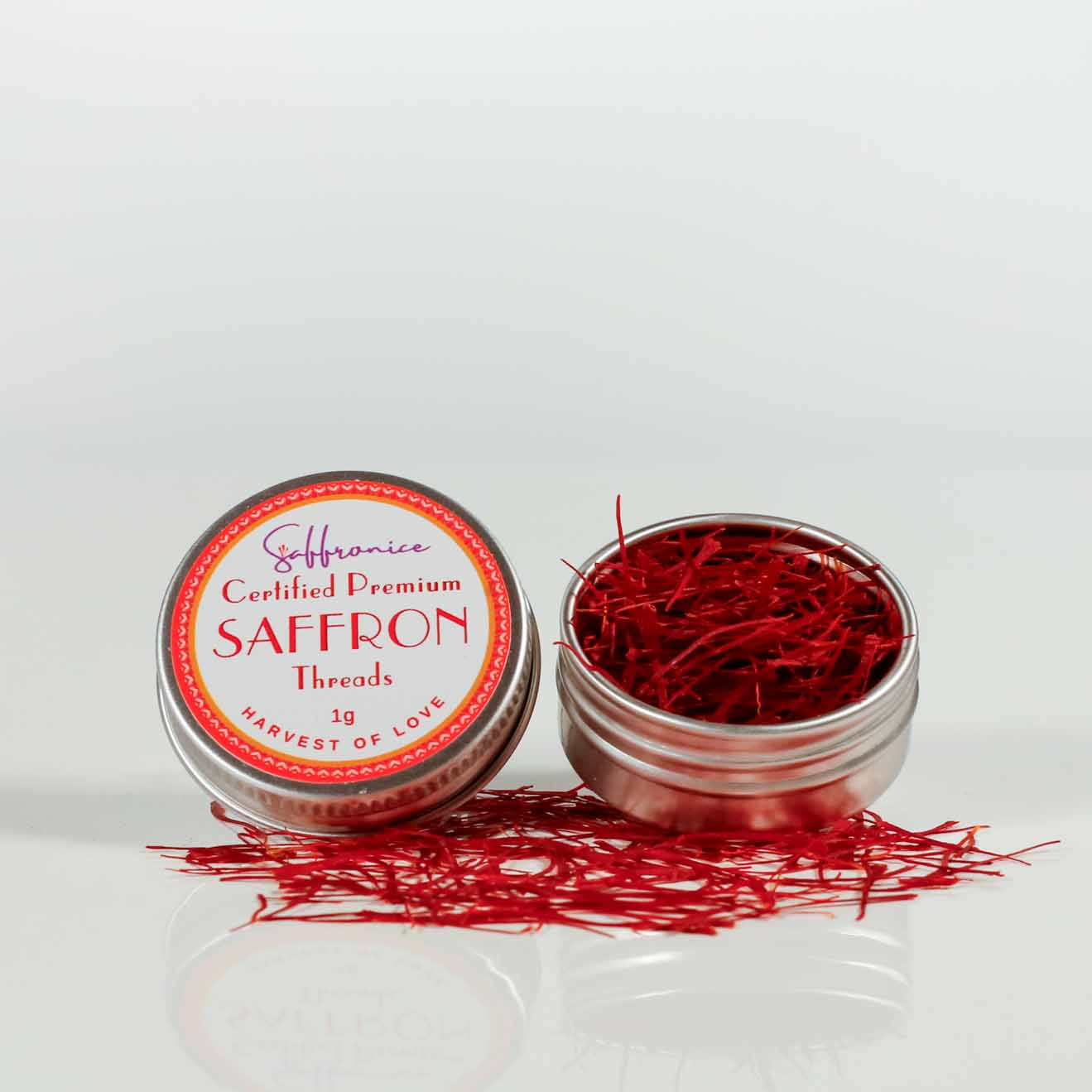
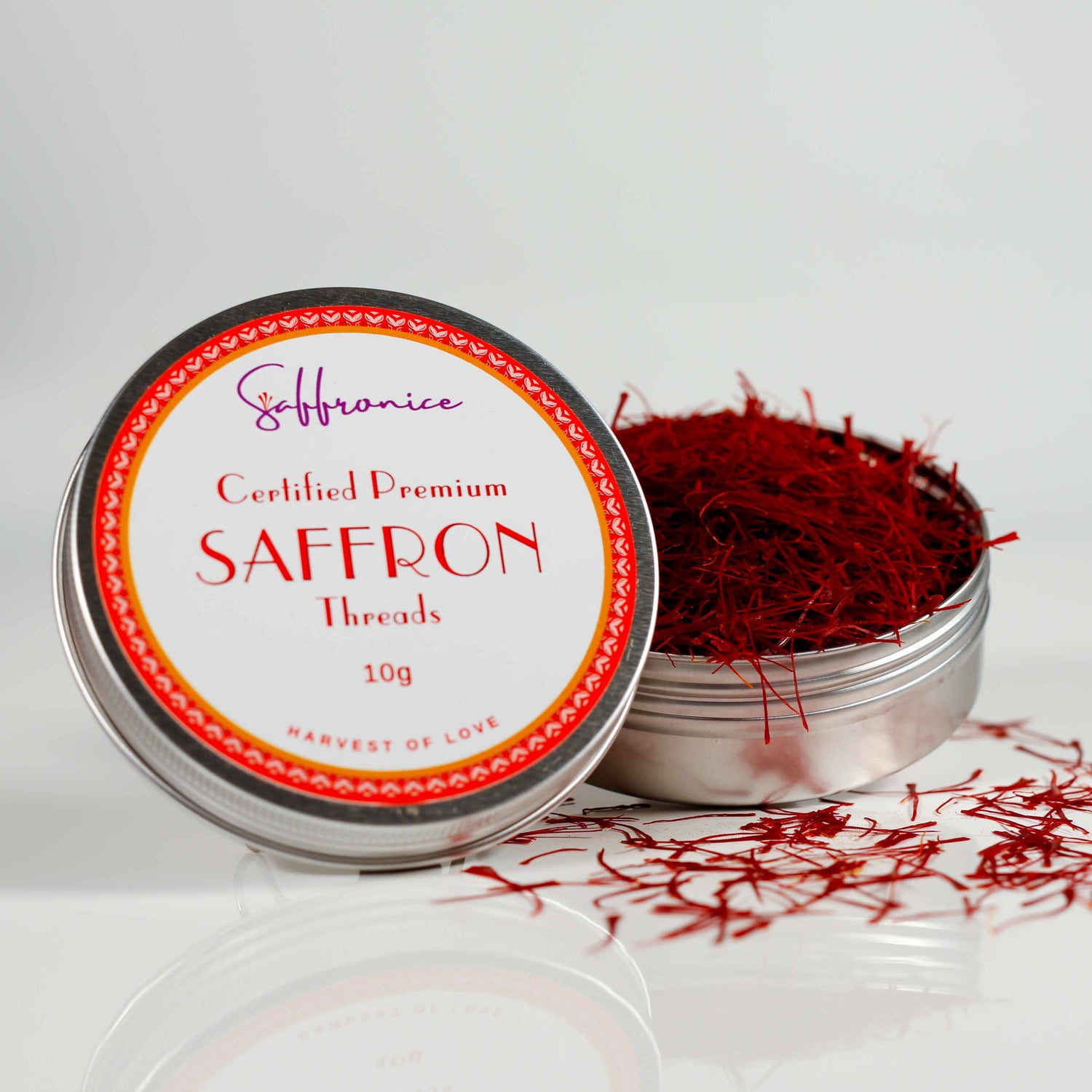
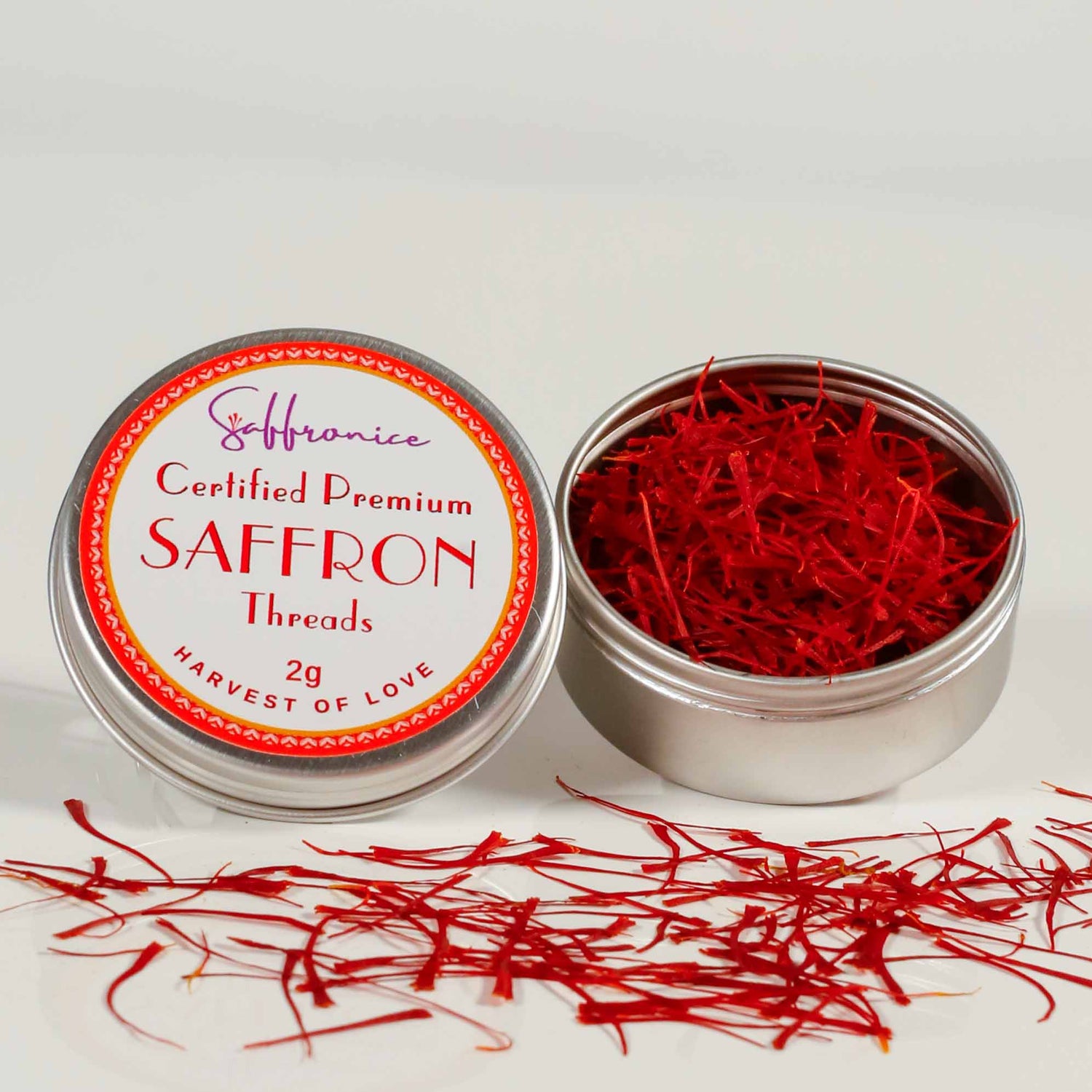
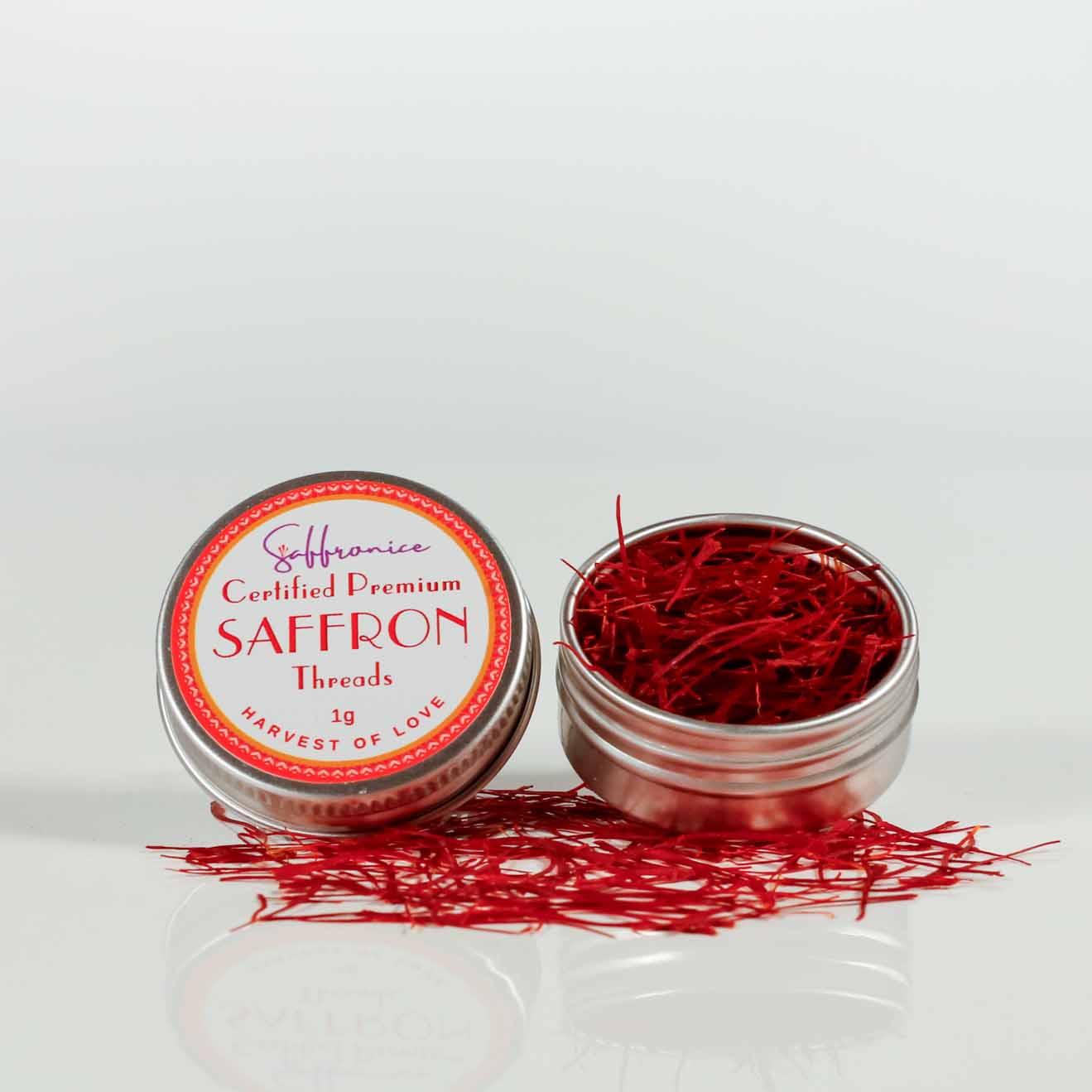
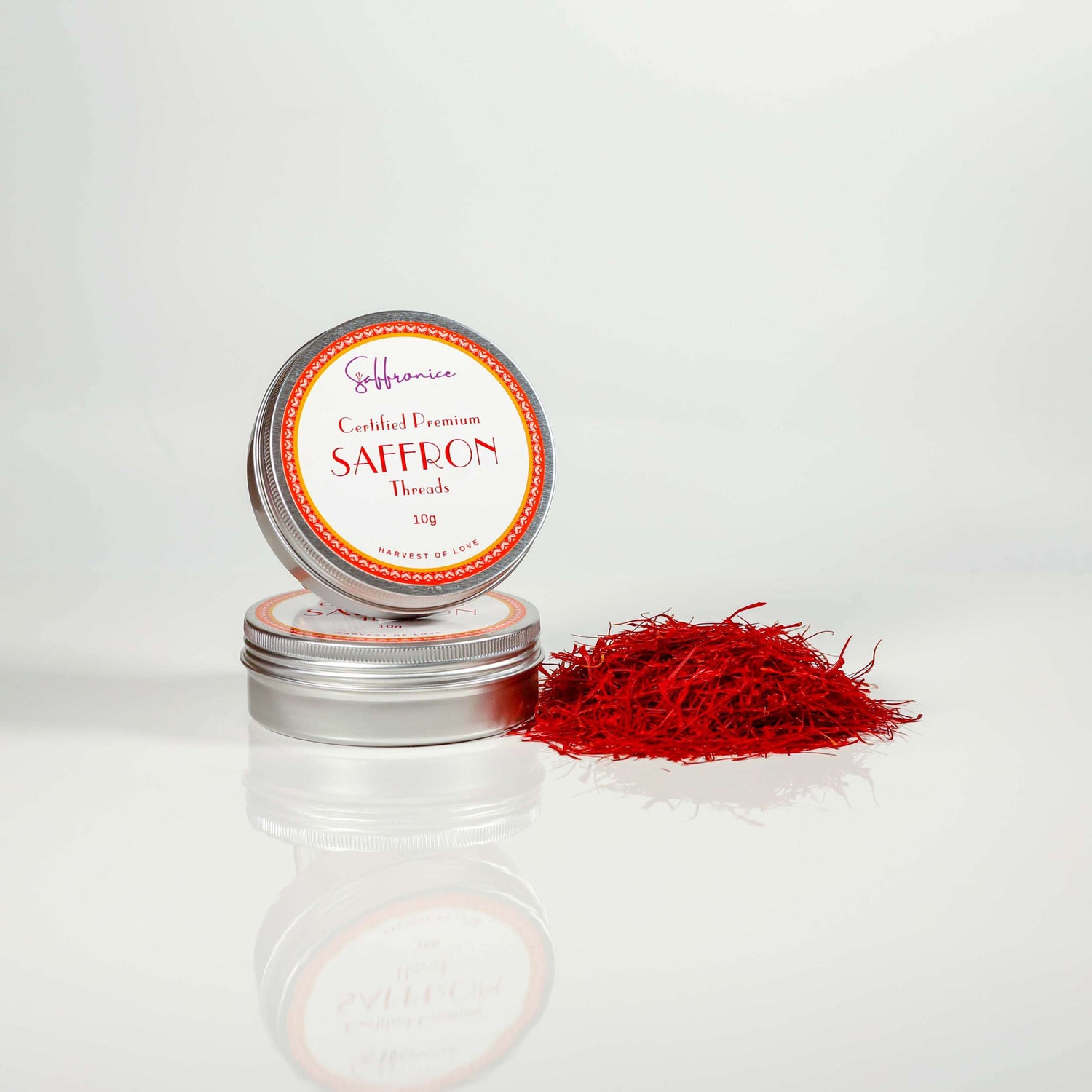
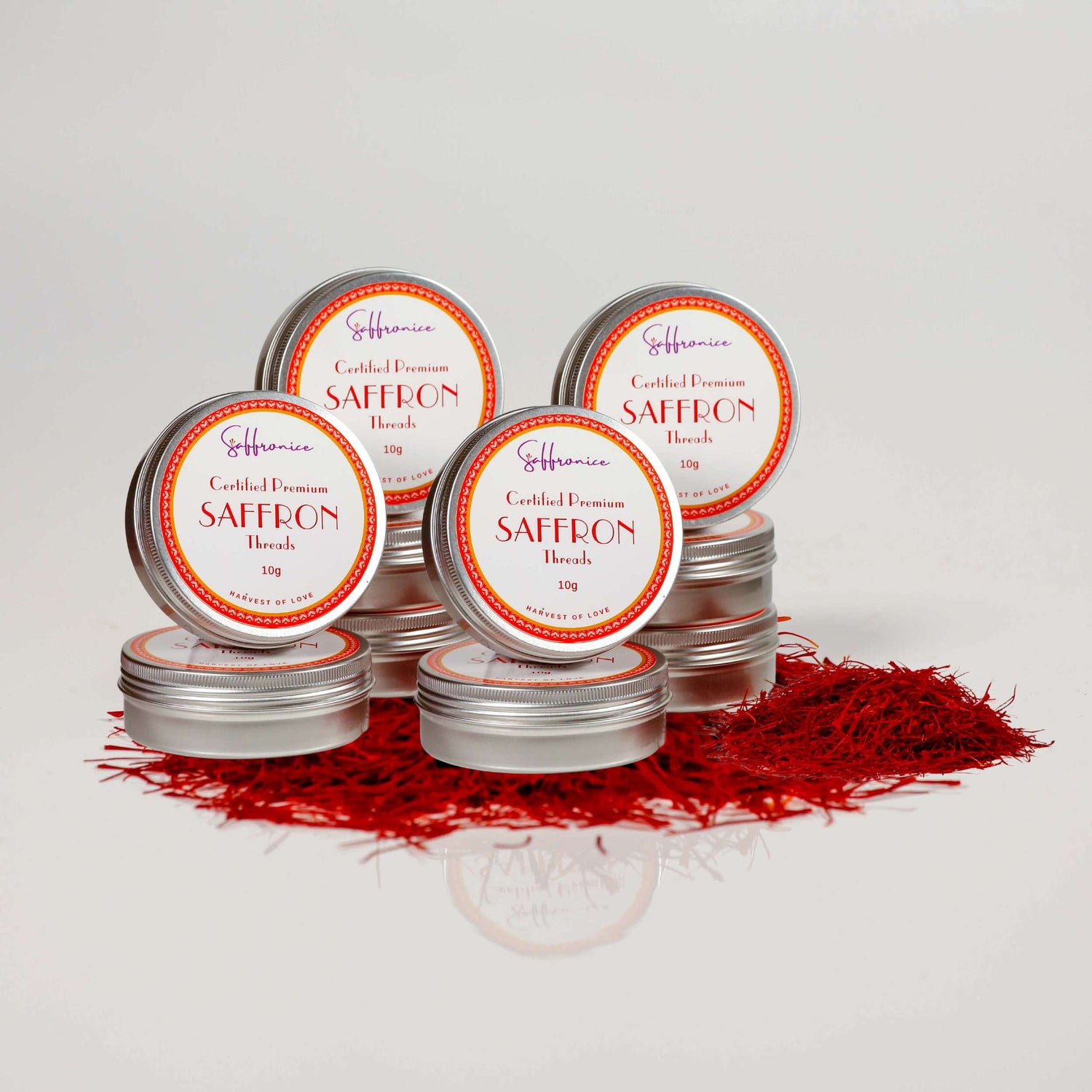
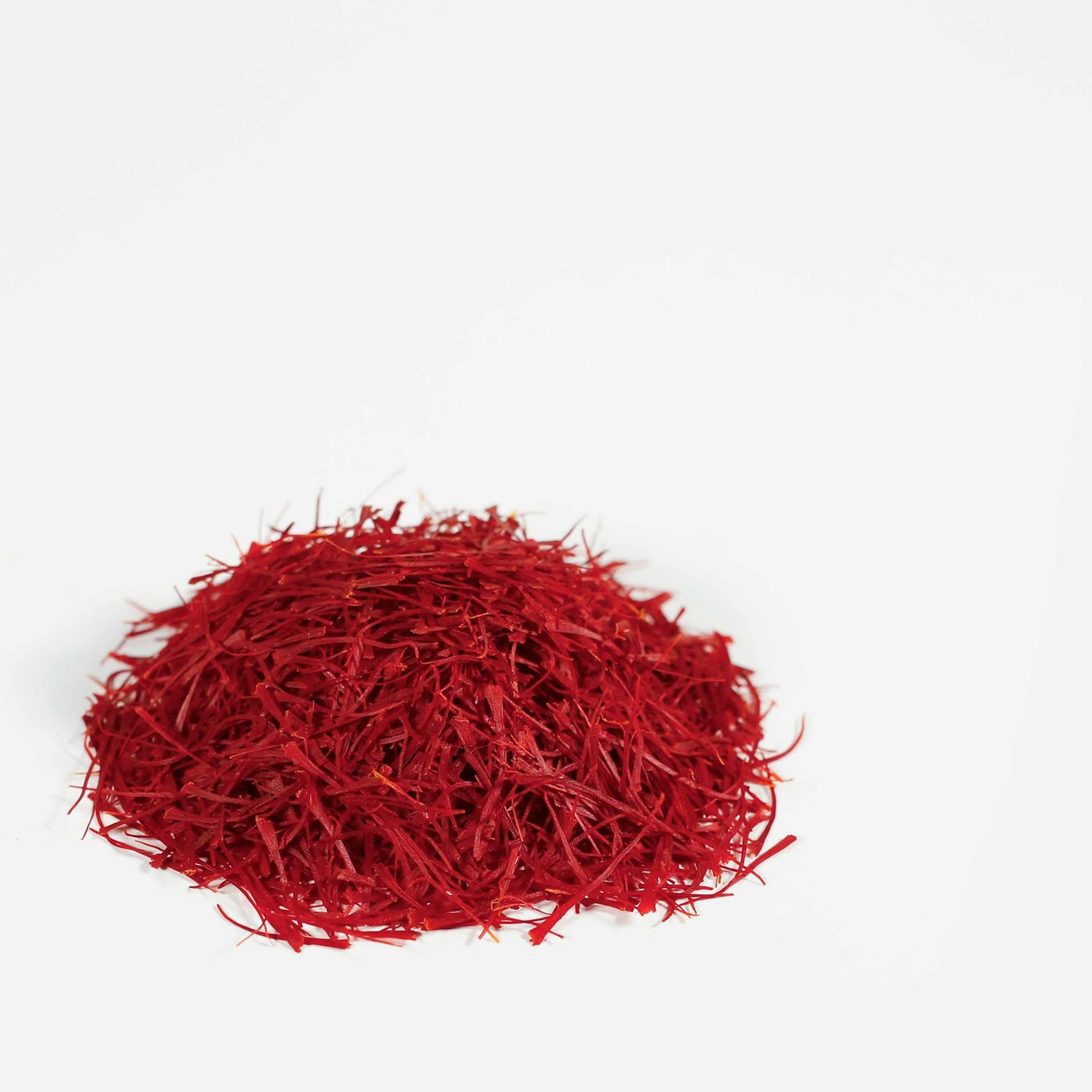
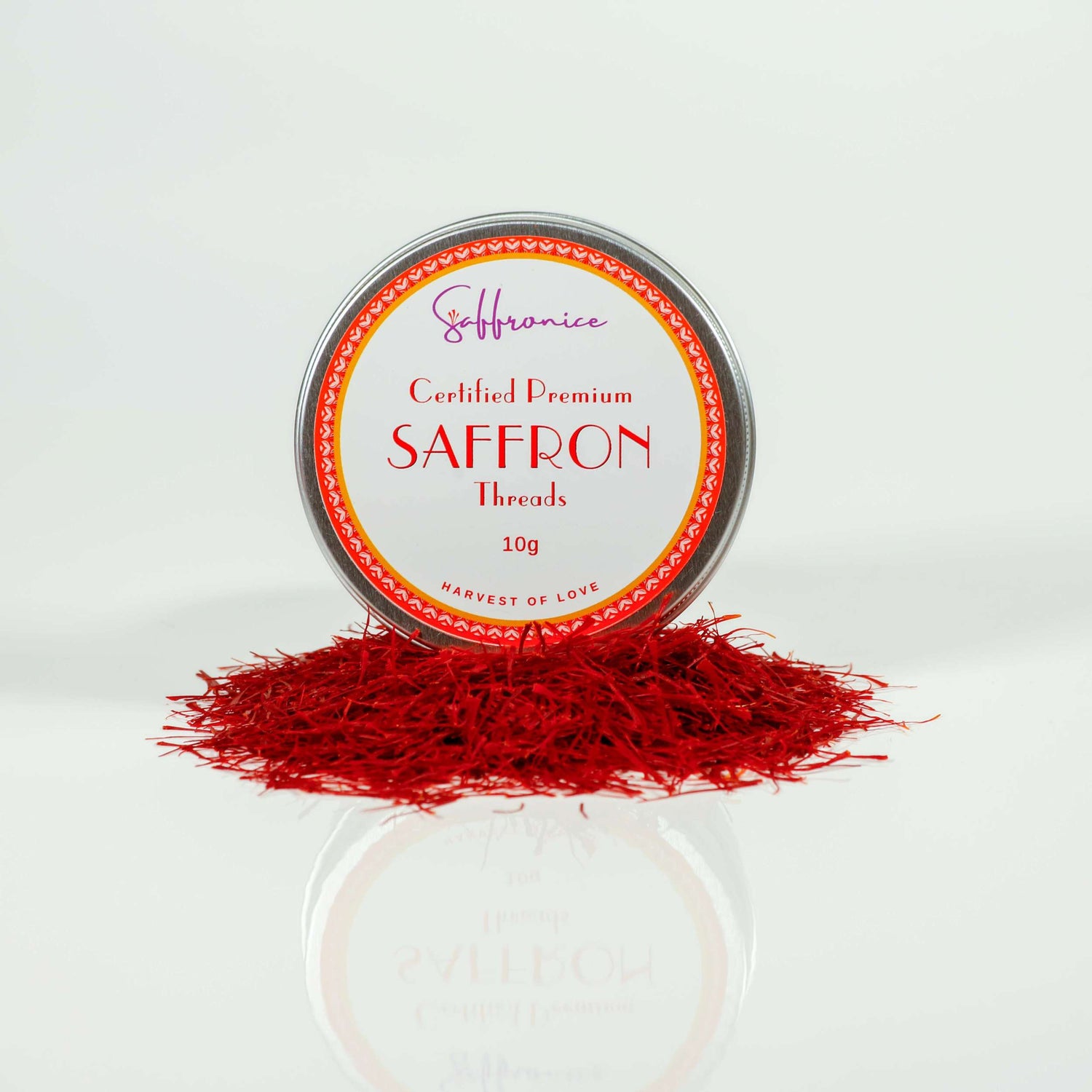
Pure Saffron Threads
- Regular price
-
$ 14.95 AUD - Regular price
-
$ 19.00 AUD - Sale price
-
$ 14.95 AUD
